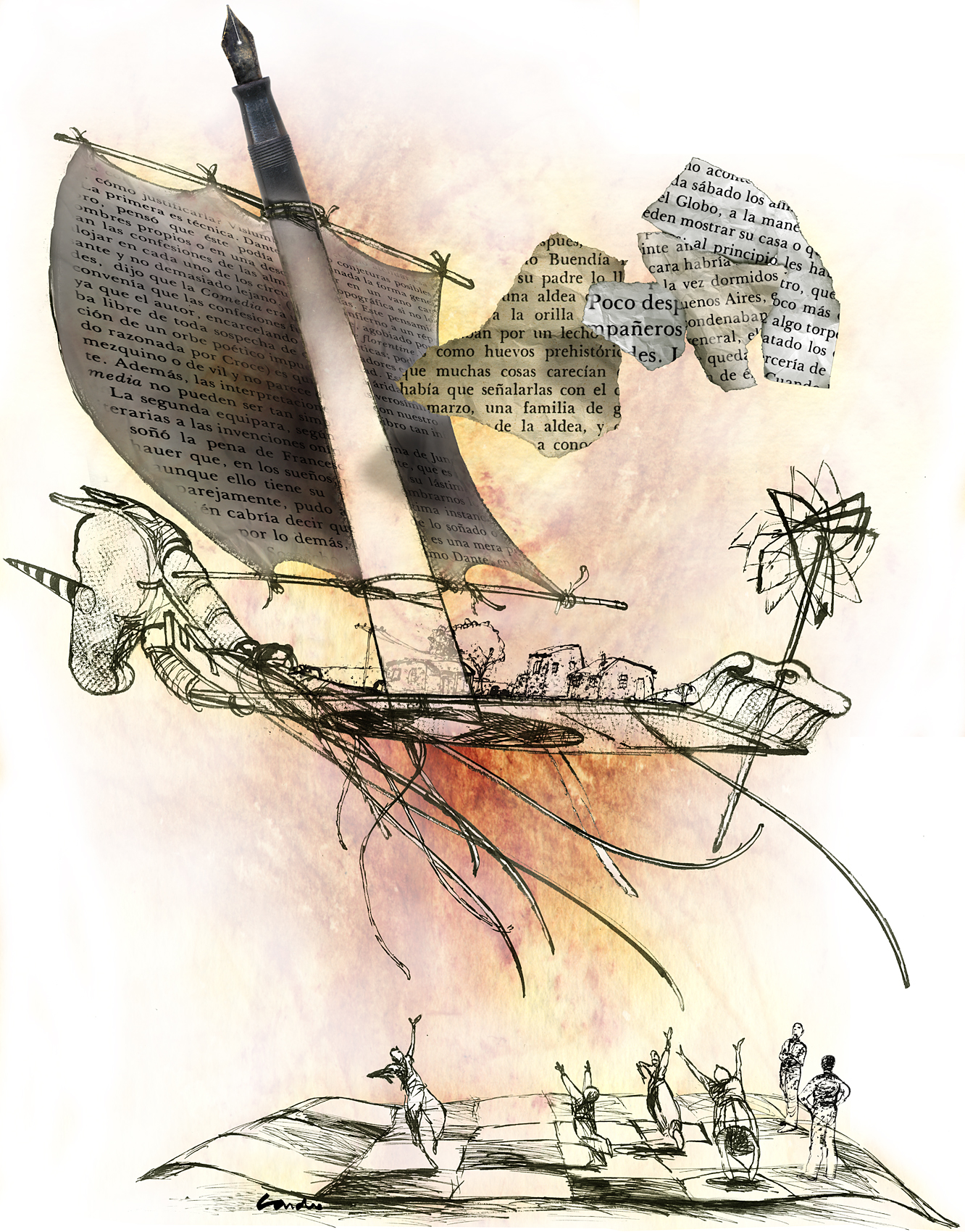
From a report on Latin American literature
Clarín newspaper

Love in flight
Diary of a stewardess. Playboy magazine.
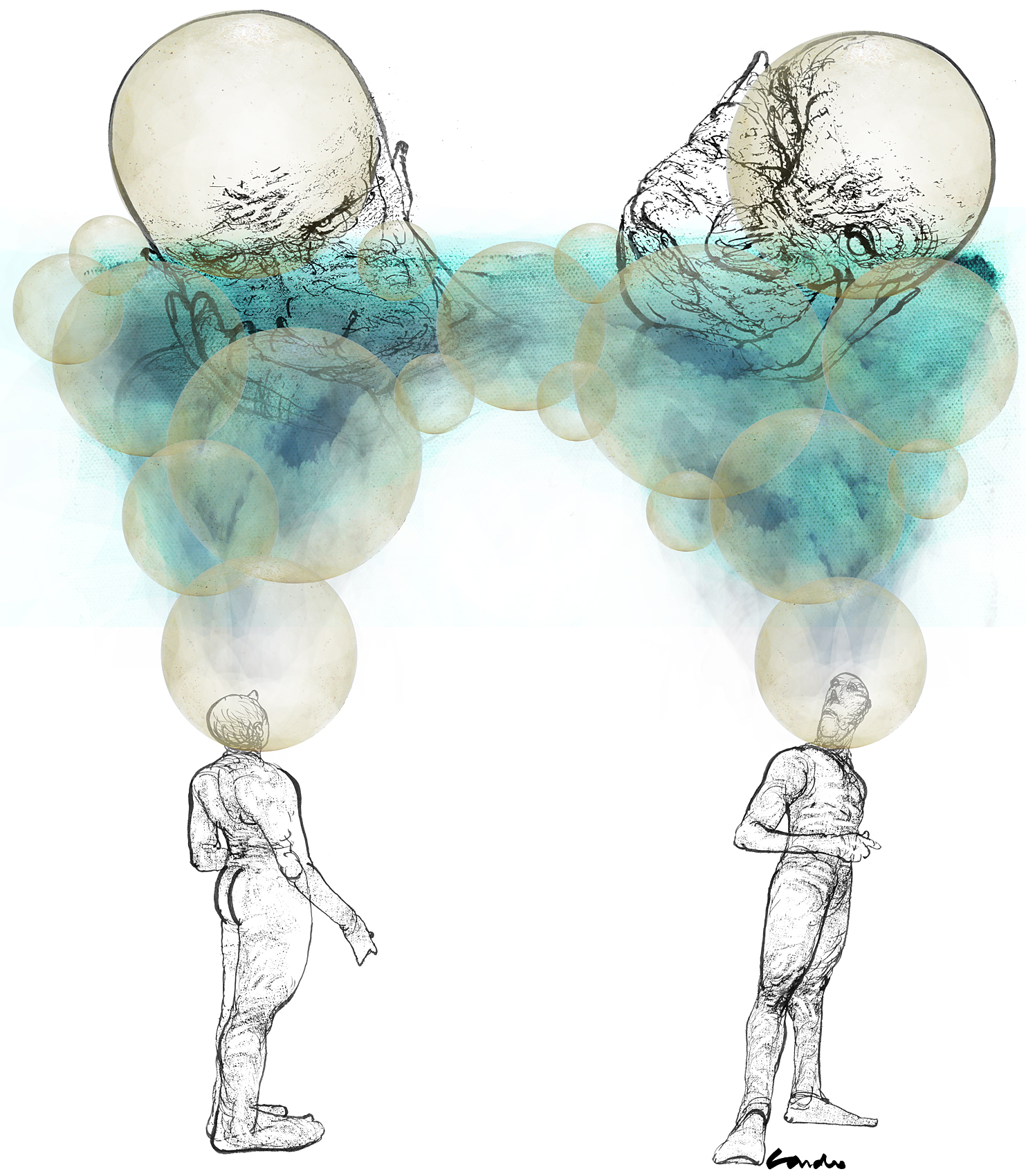
Apology of the dialogue
Clarín newspaper. Opinion Page.
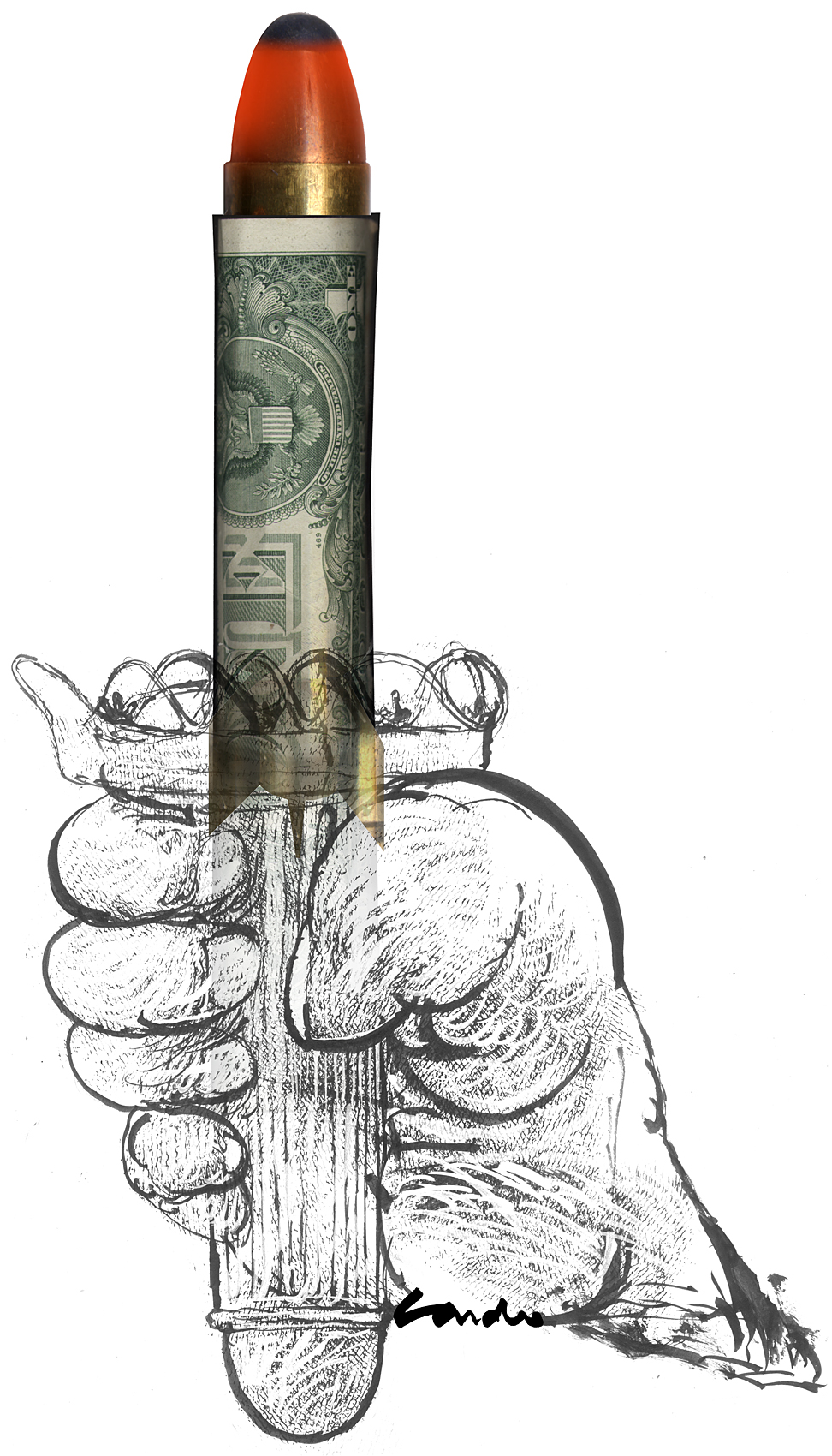
Challenges for democracy.
Clarín newspaper. Opinion page.

Google underwater realms
The International Herald Tribune

Manhattan neighborhoods
The New York Times Art & Ideas supplement cover
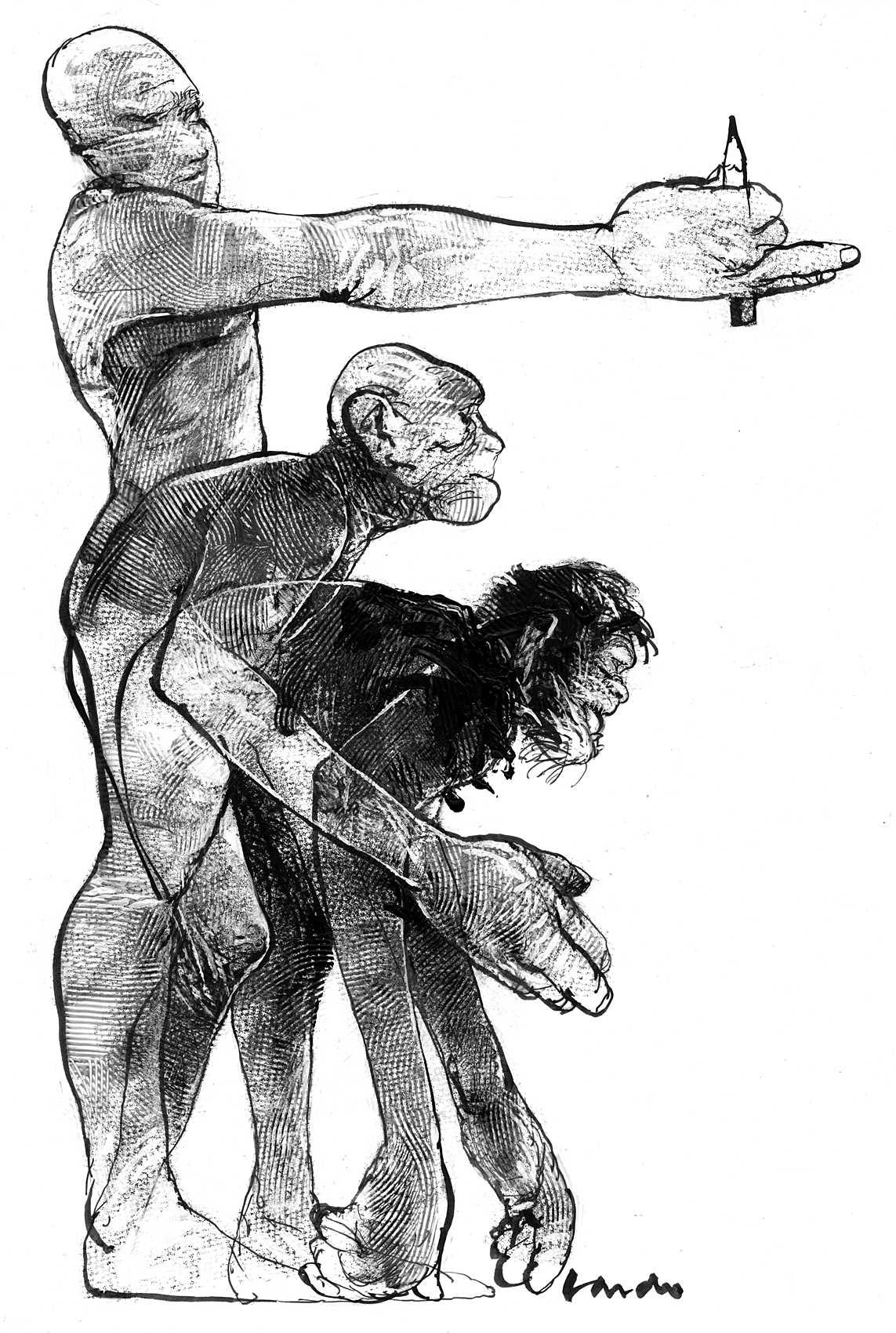
Another look at the theory of evolution
The New York Times Op-Ed page

The Ubris disorder
Clarín newspaper. Opinion page.
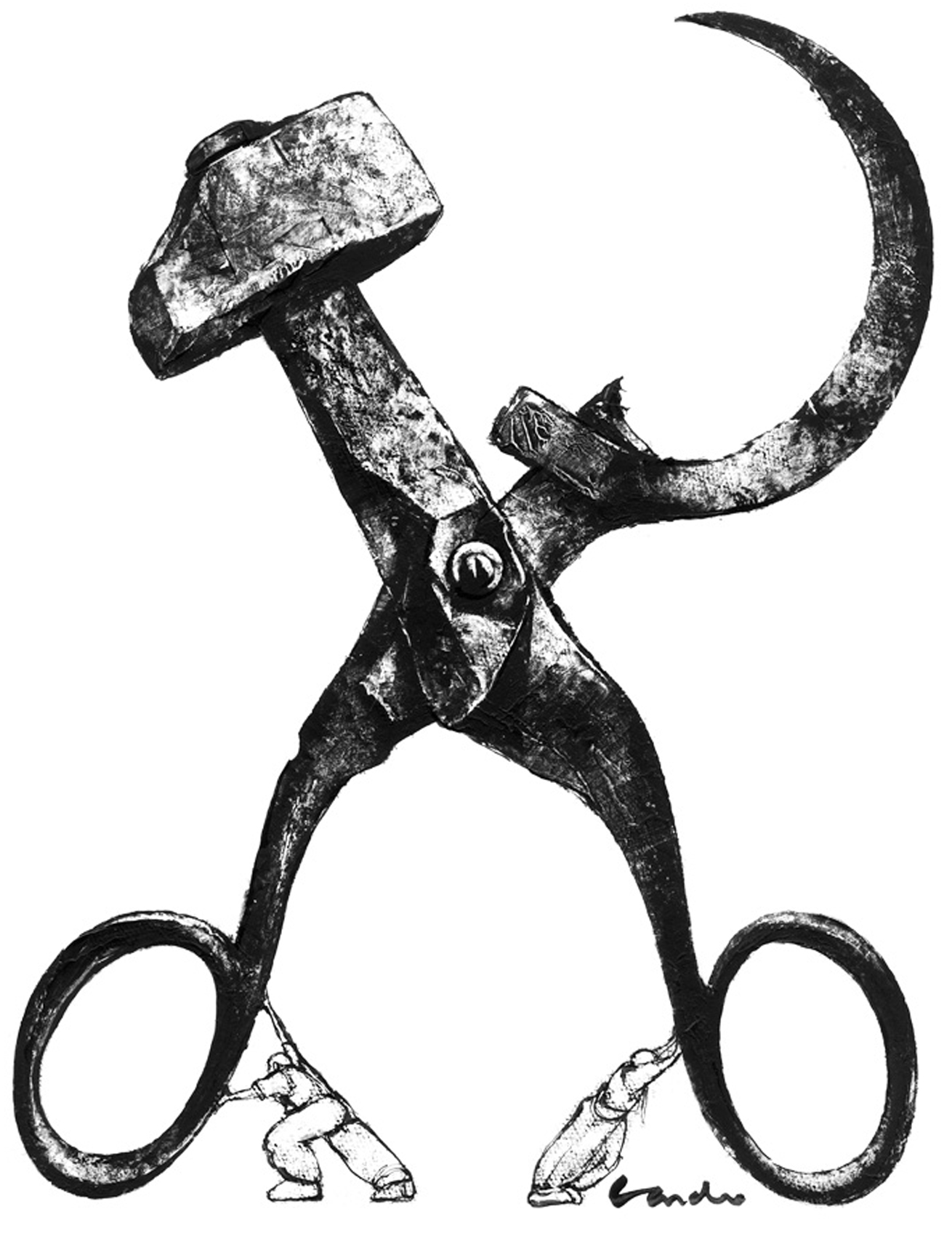
Different strokes in the Eastern Bloc
Glasnost was a policy parallel to that of Perestroika, undertaken by soviet leader Mikhail Gorbachov from 1985 to 1991, aimed at liberalizing the political system, and that allowed the media that dared to criticize the government. This leader sent a powerful message to Central Europe, saying: “being united does not mean that we have the same identity and are uniform”.
There were many differences among the diverse Soviet Union opponents. These differences were clearly visible during the visit of Jeri Laber, Executive Director of the Helsinki Watch and author of an article published on the Op-Ed of the New York Times on December 23, 1987, with the title of “Different Leaderships in the Eastern Bloc”. Laber had consulted the leaders of Poland and Czechoslovakia, on the effects of glasnost. The Czechs bitterly sustained that the new soviet policies appeared to have left them in the cold, and the Poles were so engrossed in discussing the reforms recently introduced in their country, that they hardly mentioned Gorbachov.
Both Czechoslovakia and Poland had generated longstanding opposition movements: Charter 77 in Czechoslovakia, and Solidarity in Poland.
In August 1991, the Party’s hardliners conducted a failed coup d’état seeking to reverse Gorbachov’s reform plan. In spite of the failure, the right wing continued its pressure and the republics of the USSR began to proclaim their independence one after the other, forcing Gorbachov to officially dissolve the Soviet Union before abandoning power. Boris Yeltsin, one of the masterminds of the backlash, became president of the Russian Federation.
Many were the reasons that contributed to the resulting pandemonium, among them, the explosion of the nuclear power plant at Chernobyl on April 26, 1986, the Russian Afghan War from 1978 to 1992, the investigation that unveiled the truth of the massacre of thousands of Polish officers in the Katyn forest during 1940, attributed to the Nazis, when it was committed by Soviet troops. All this, added to economic problems, was instrumental to conclude the Cold War and the fall of the Berlin Wall, a symbolic event of this process that reunited Germany. The New York Times OP-ED page.
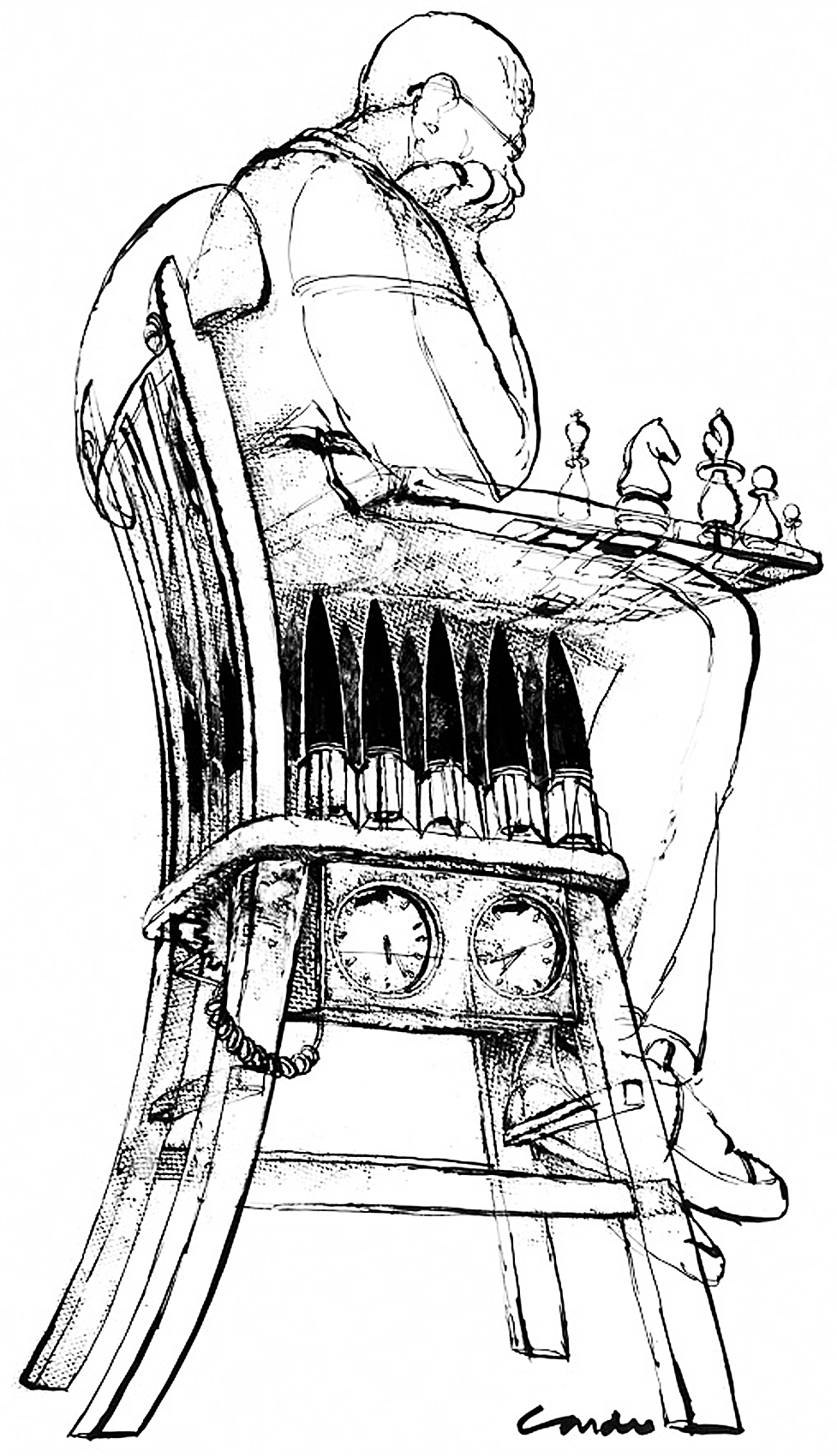
Gaps in the Cuban Missile Crisis Story
The New York Times Op-Ed Page
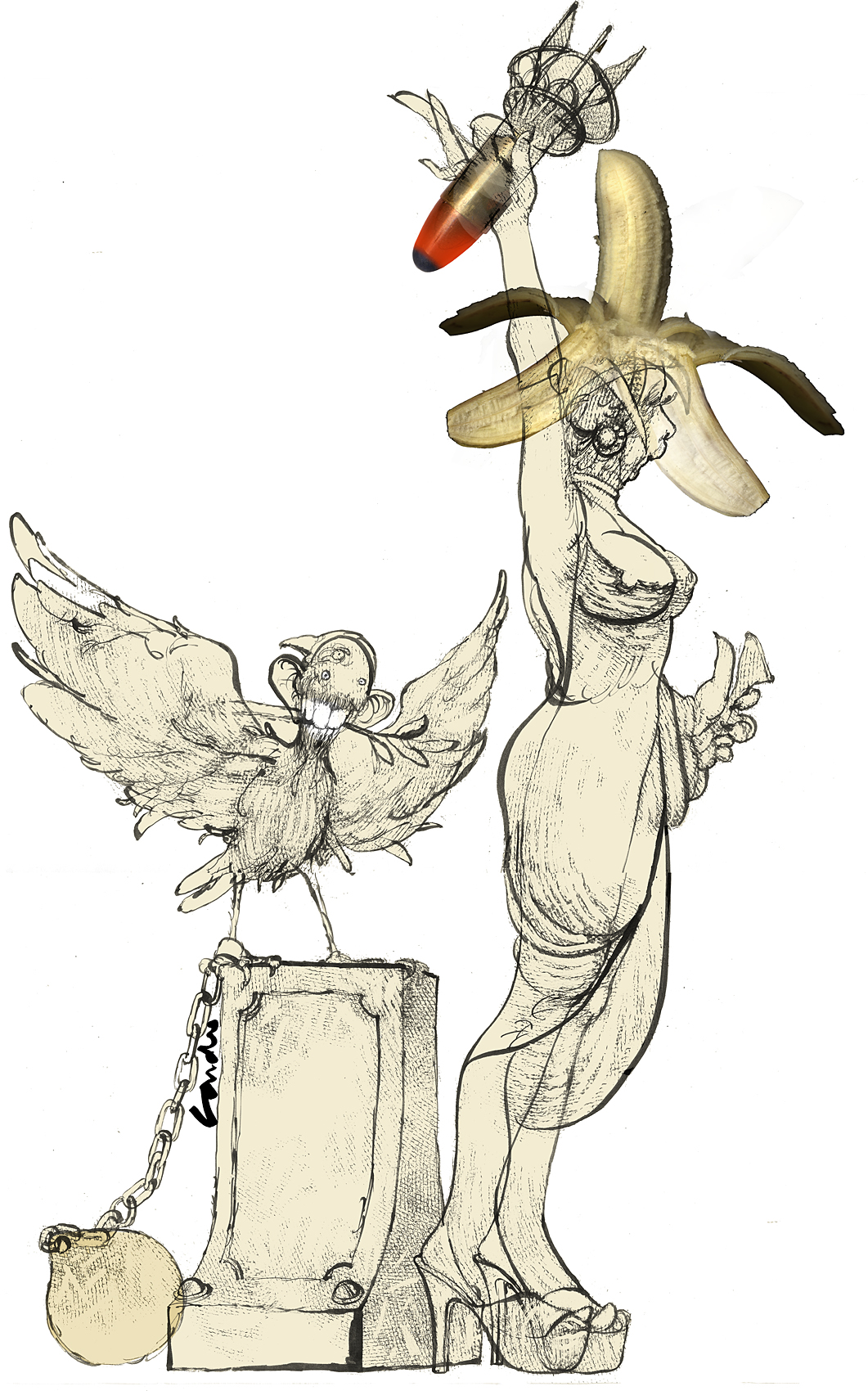
Anti-politics continues to rise
Clarín newspaper Opinion page
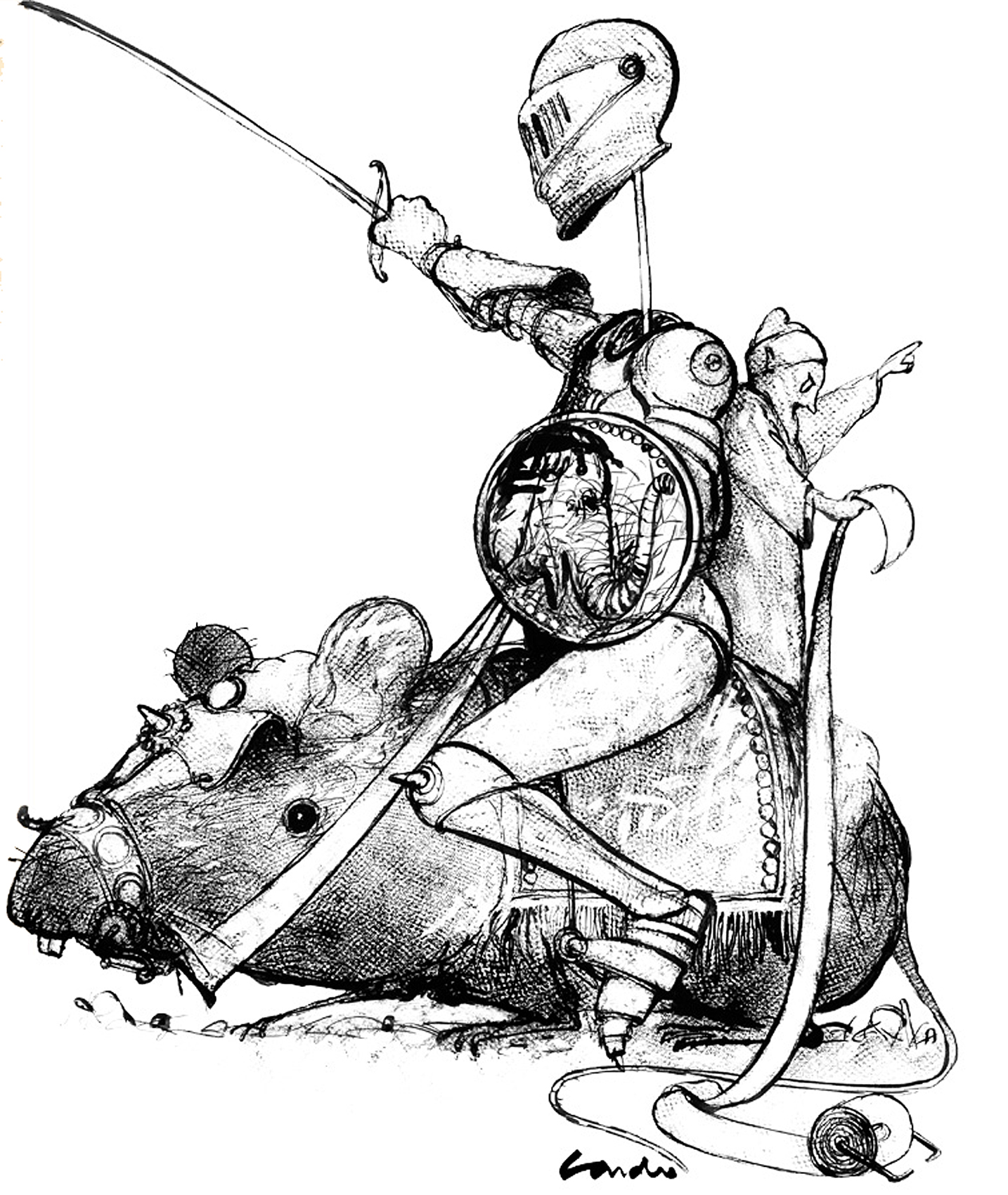
George H. W. Bush prisoner of the crazies
The New York Times Op-Ed page

The day love boat
The New York Times Living Section
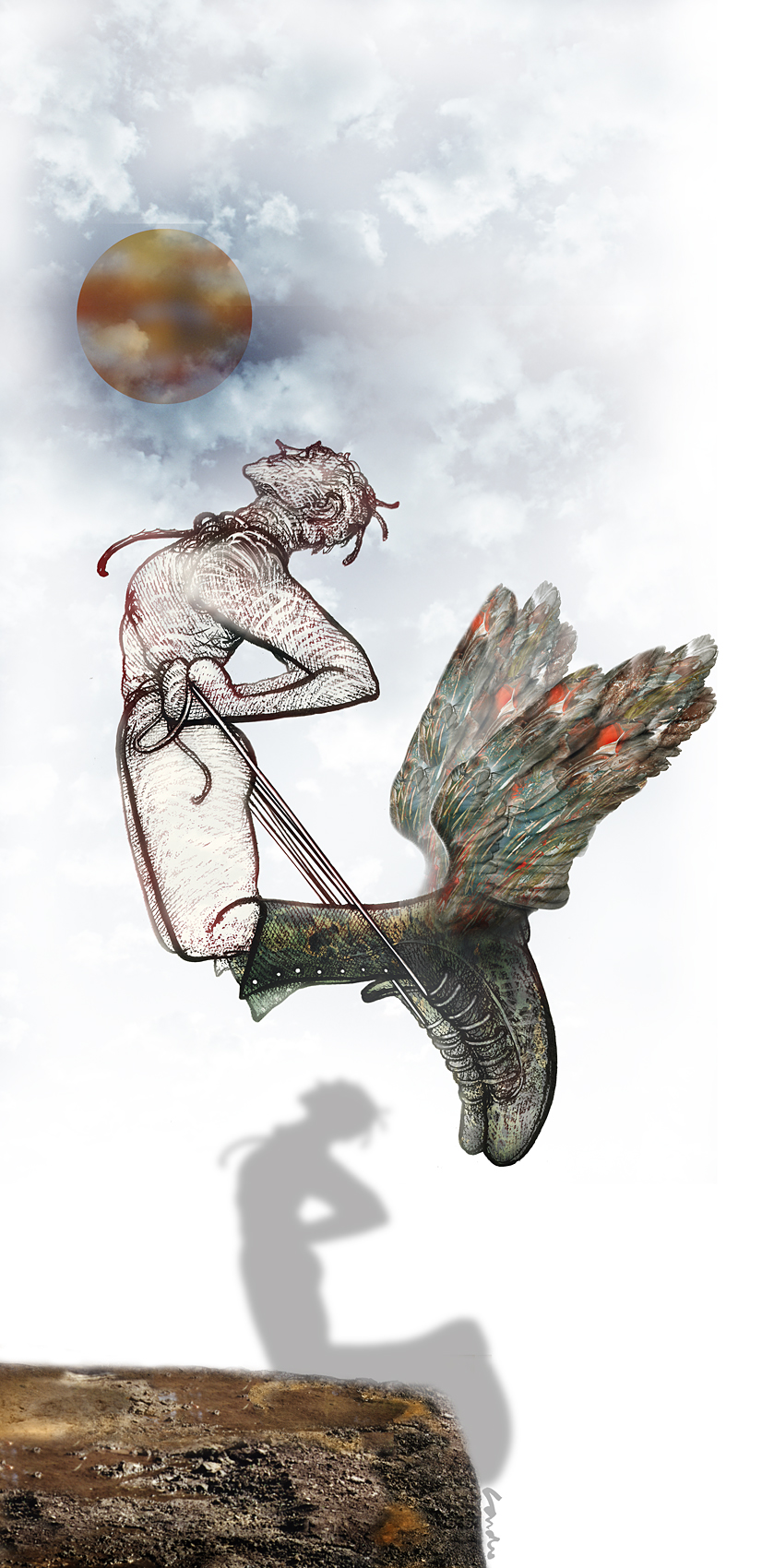
Ambitious projects
The New York Times Living Section cover

Lax justice and the growth of crime
Clarín newspaper. Opinion page.
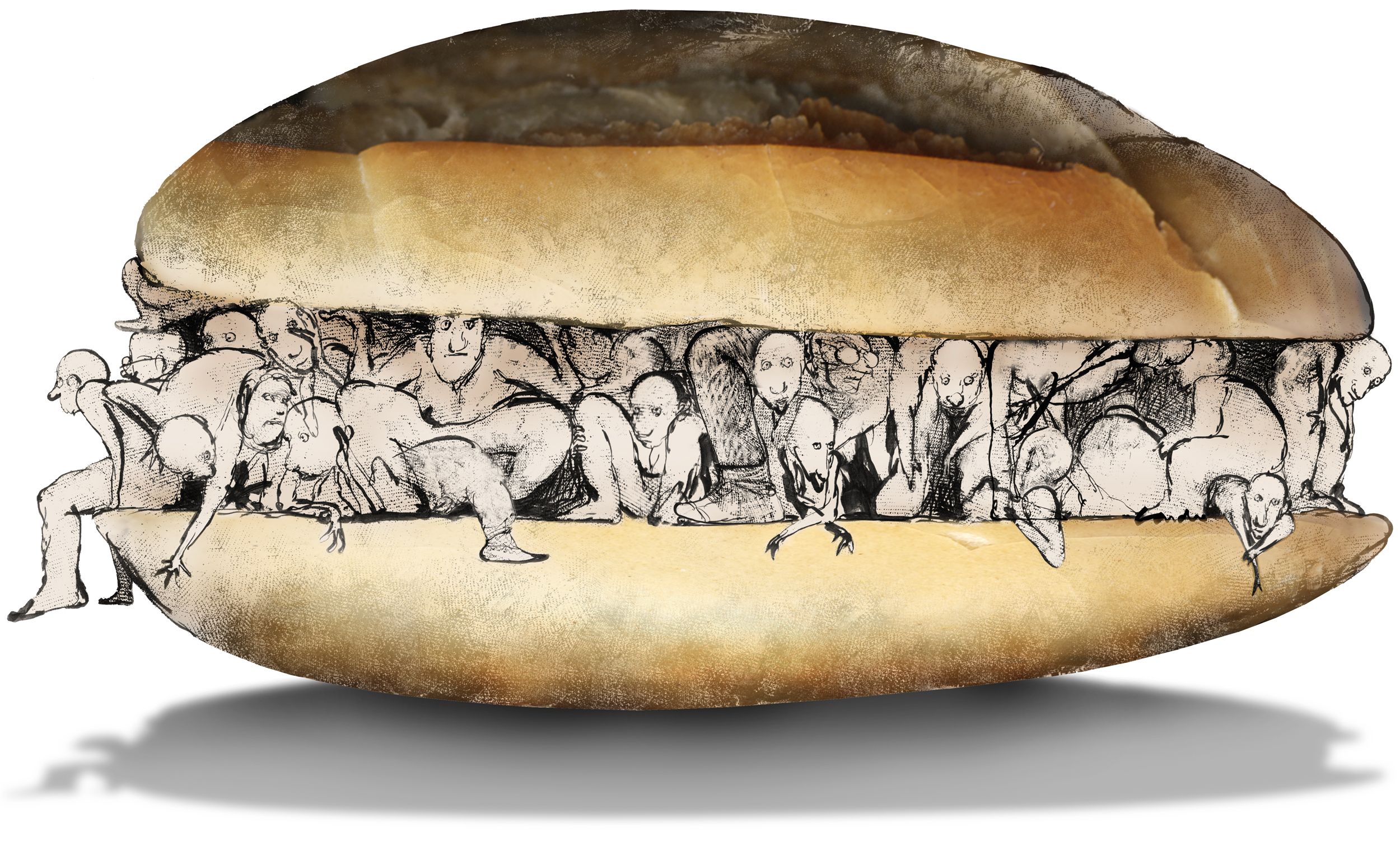
Limits to growth
Foreign Policy magazine

Hunger
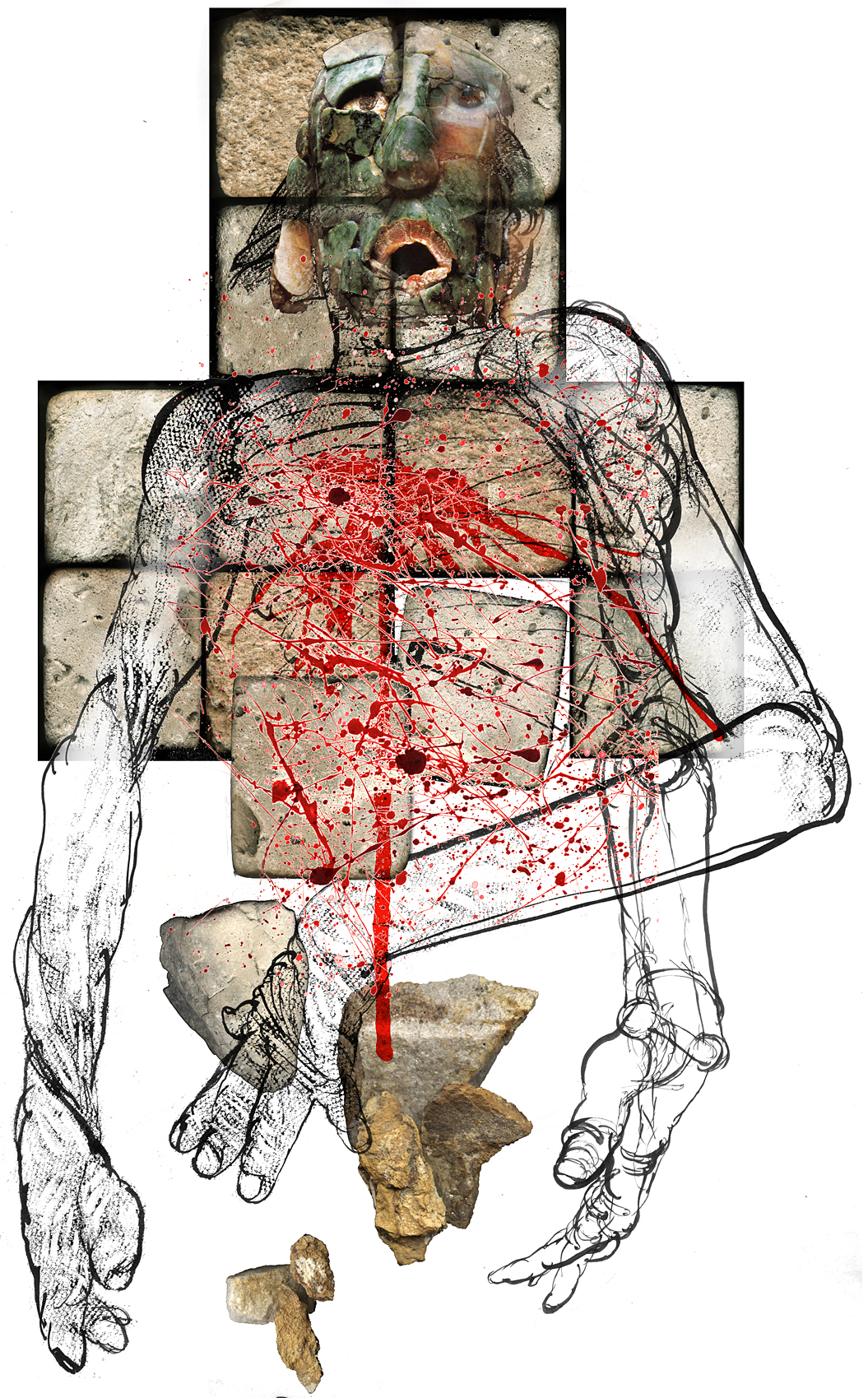
Forgiveness
Clarín newspaper. Opinion page.
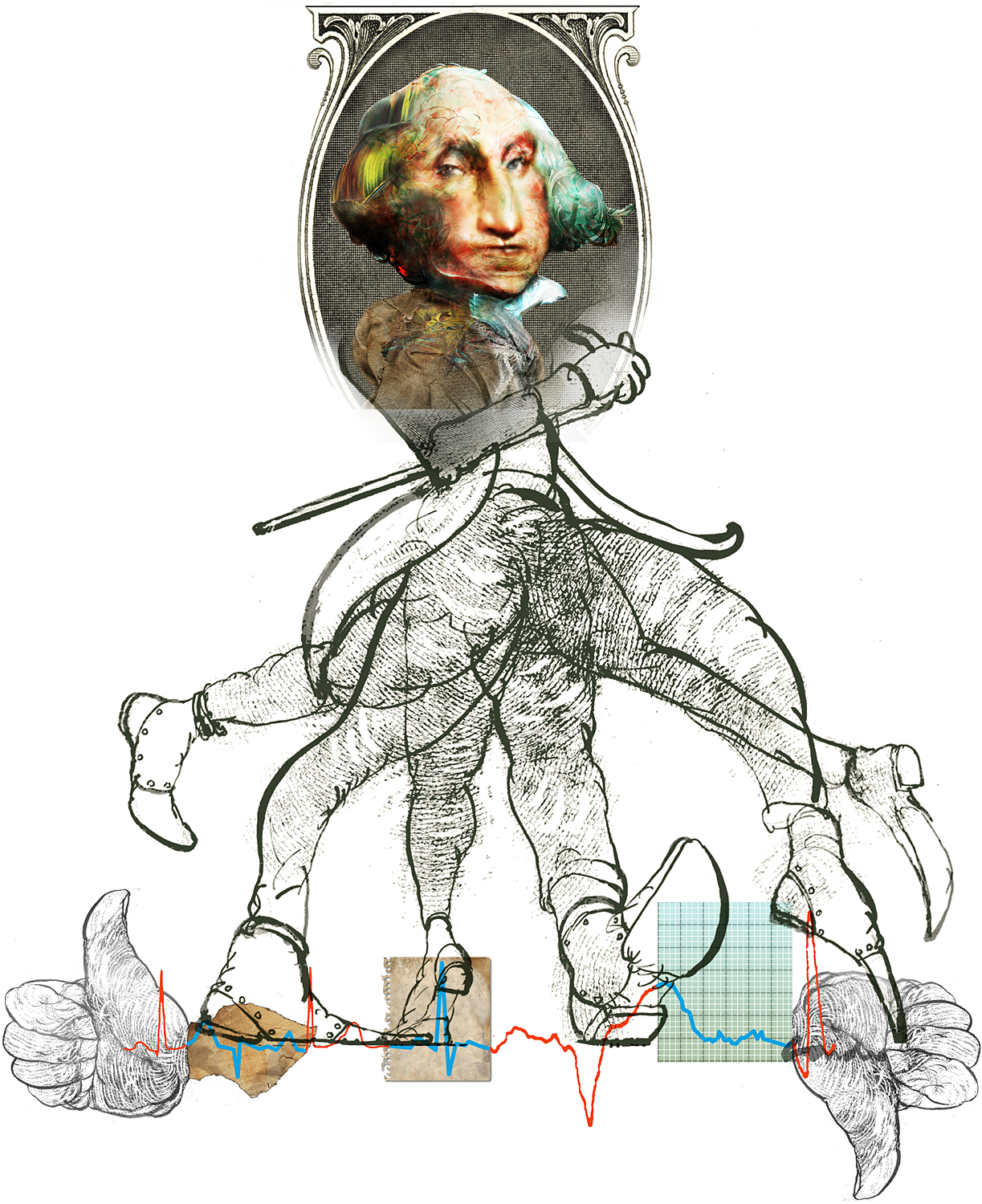
Taking the pulse of the dollar
Clarín newspaper. Opinion page.
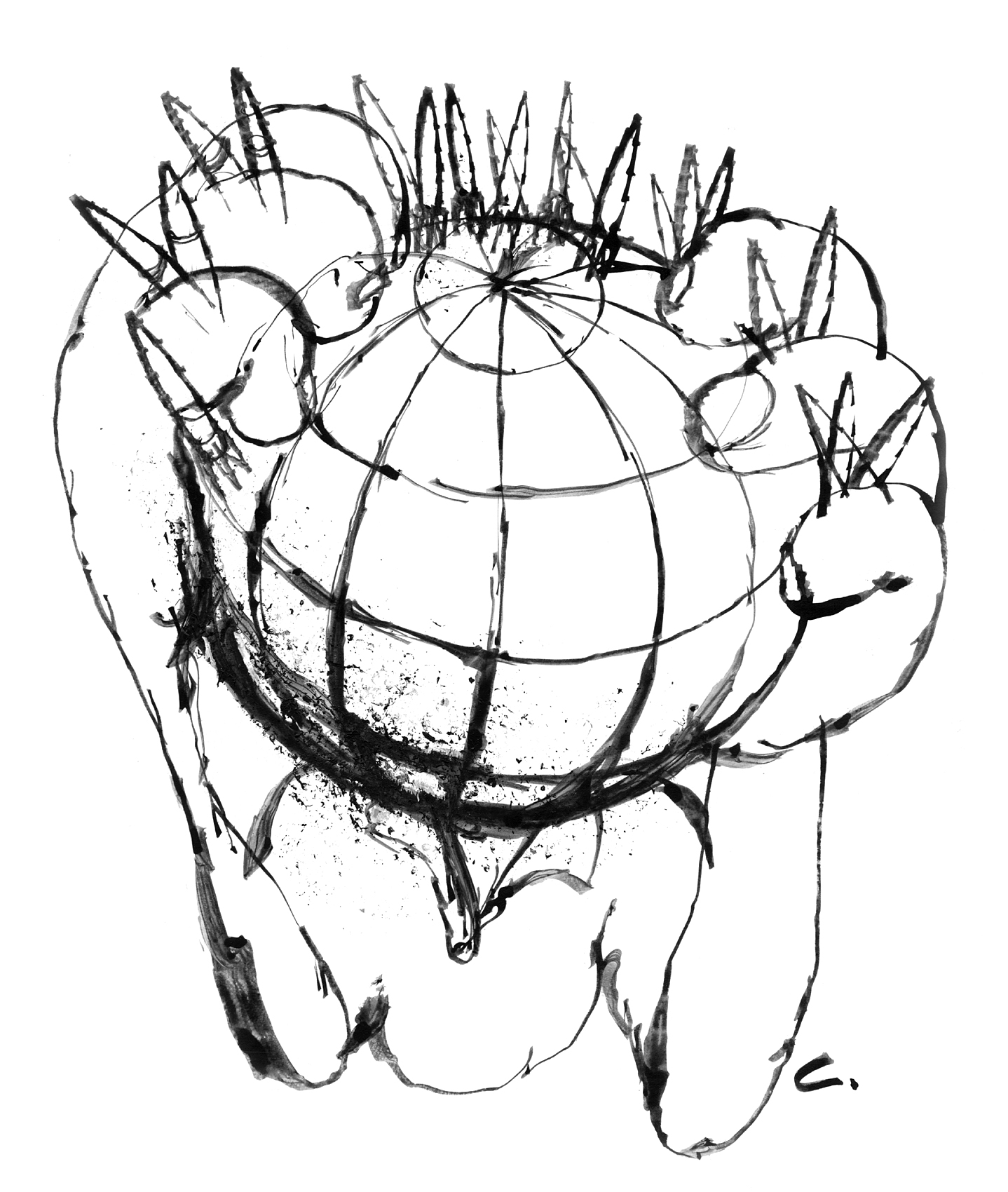
The arms race
The New York Times. Op-Ed page.
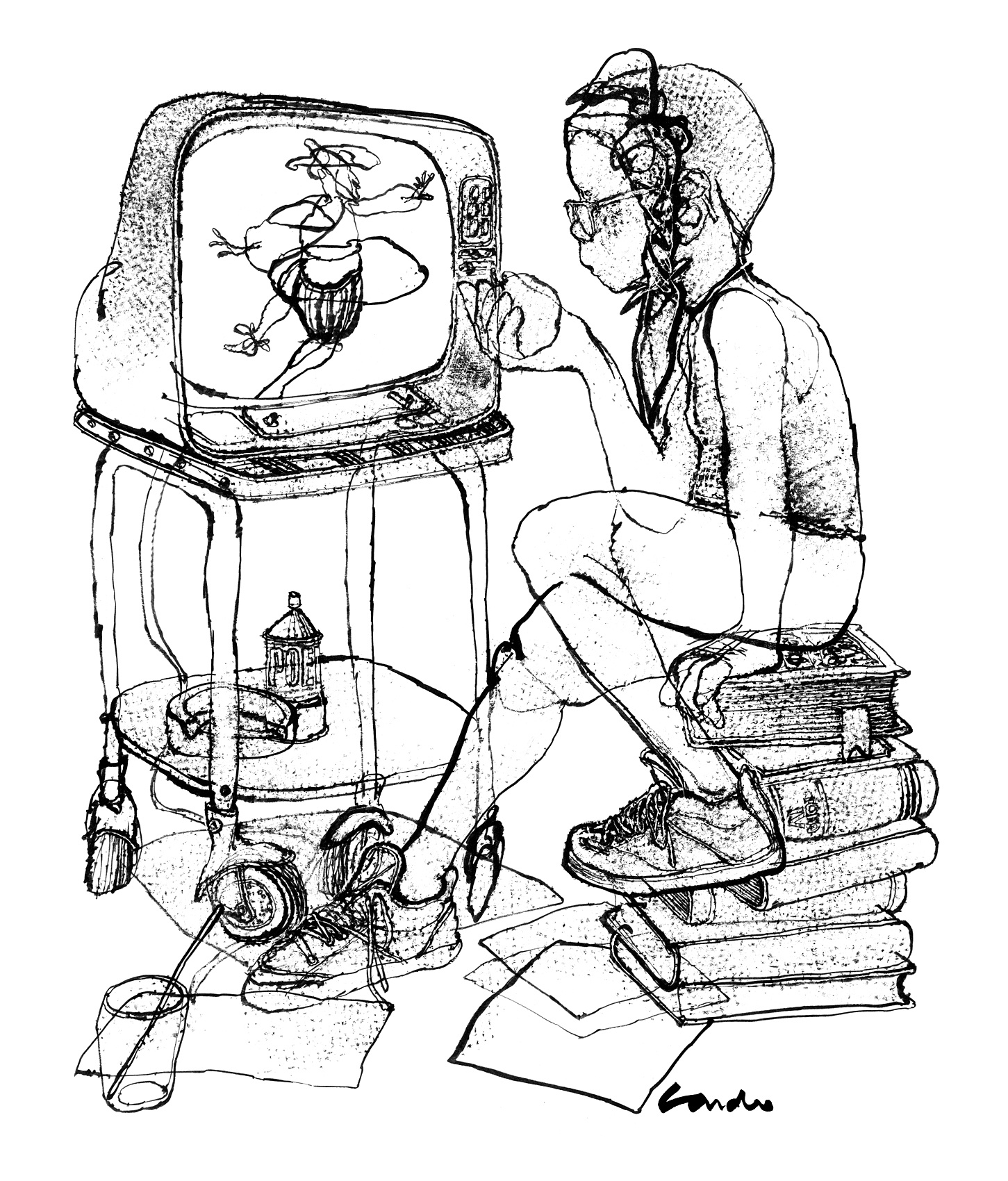
Contemporary education
Clarín newspaper. Cultural Supplement.
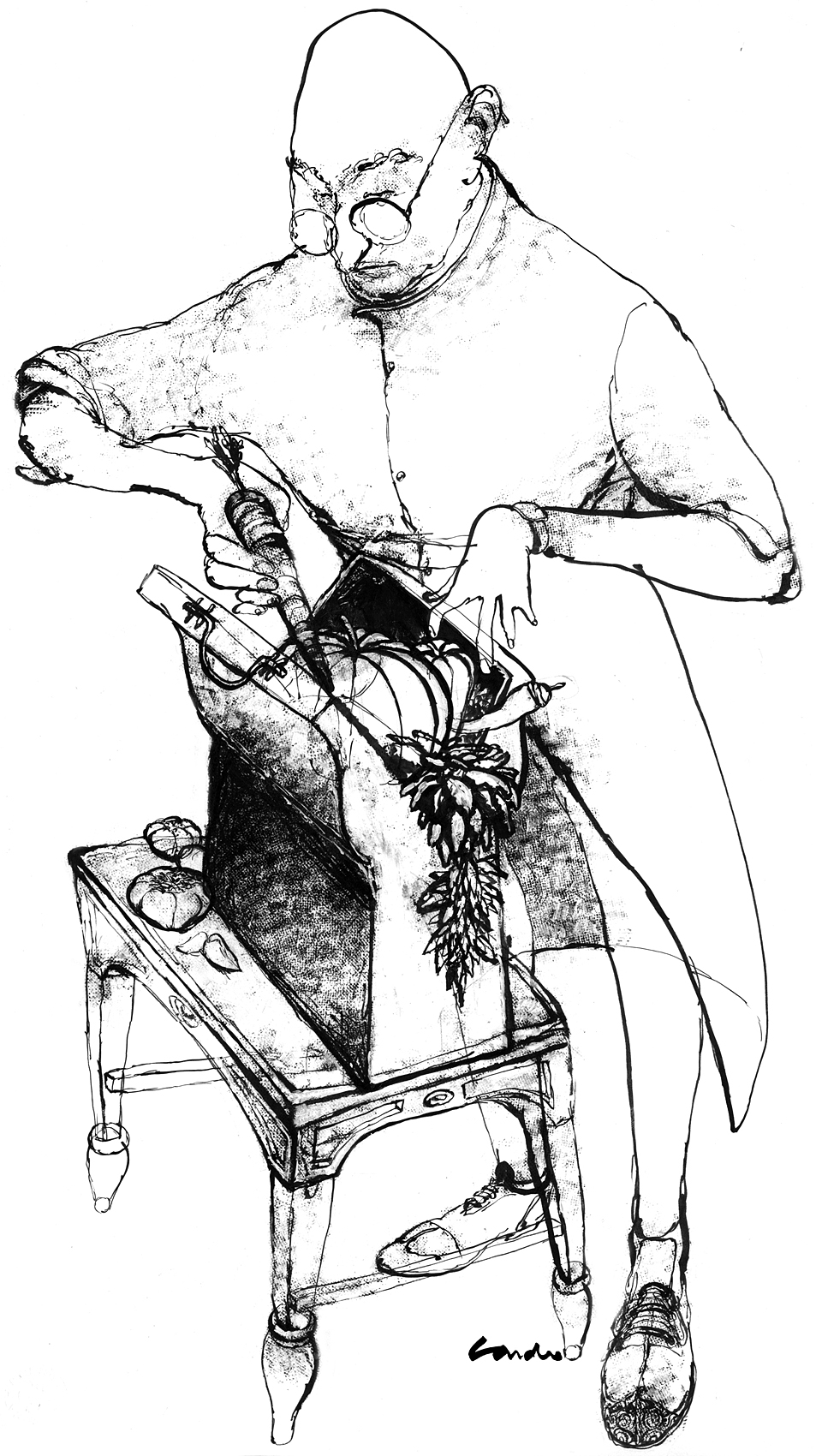
Vegetable antioxidants for a full and healthy life
The New York Times Living Section Supplement.

Stress, the intimate enemy
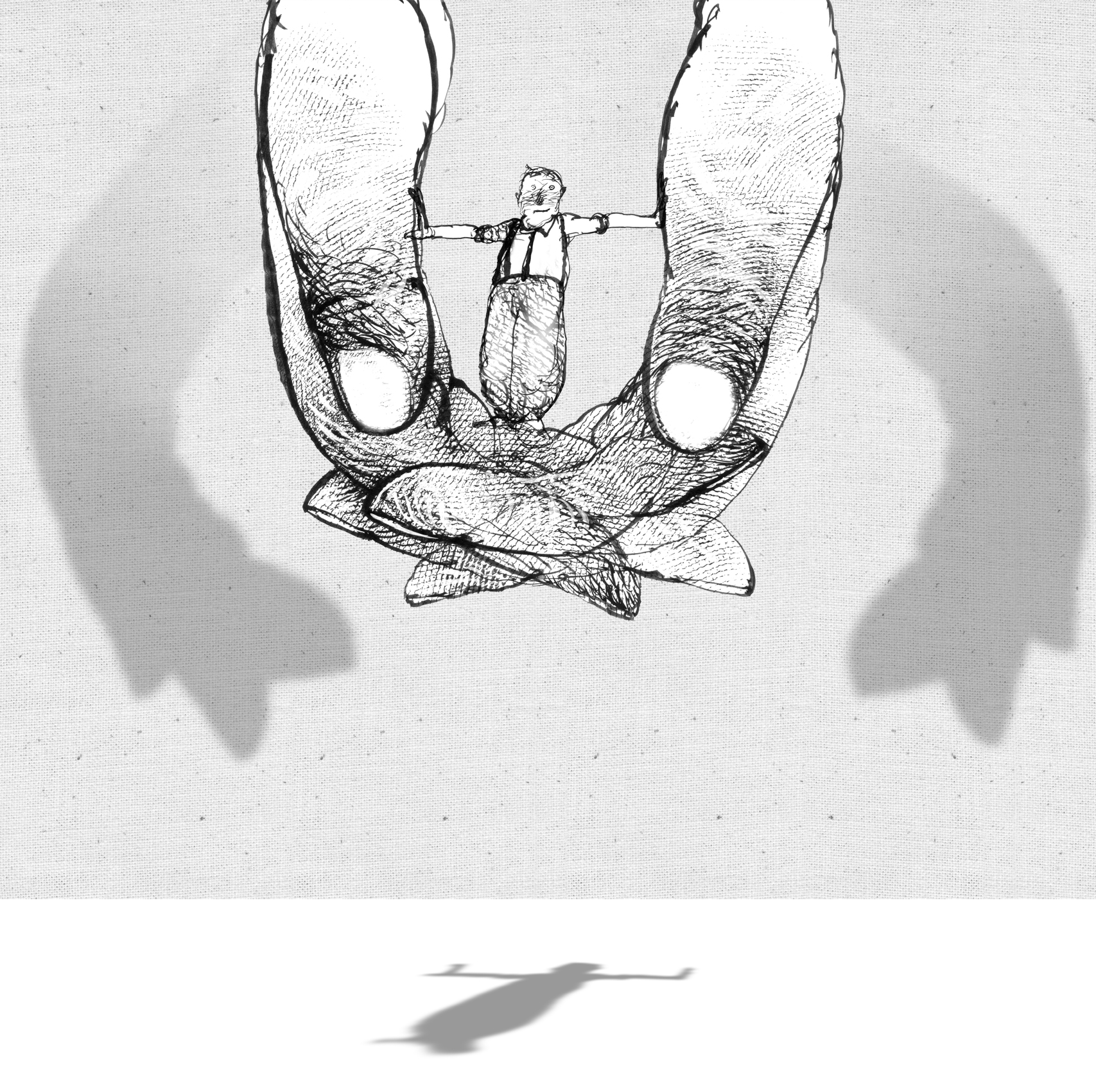
Illusory protection
The Chicago Tribune newspaper
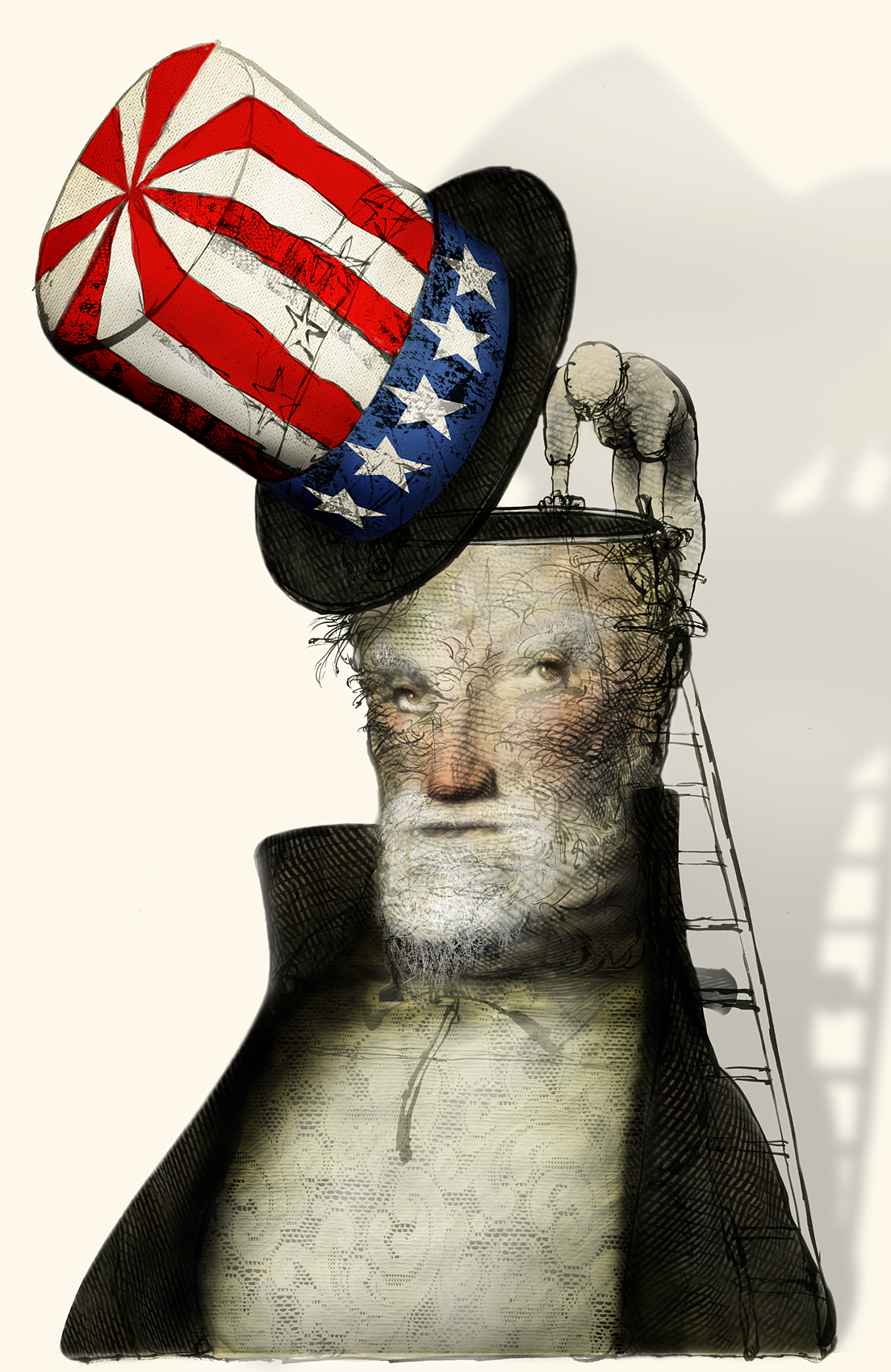
The internal reasons for an icon
Foreign Policy Magazine
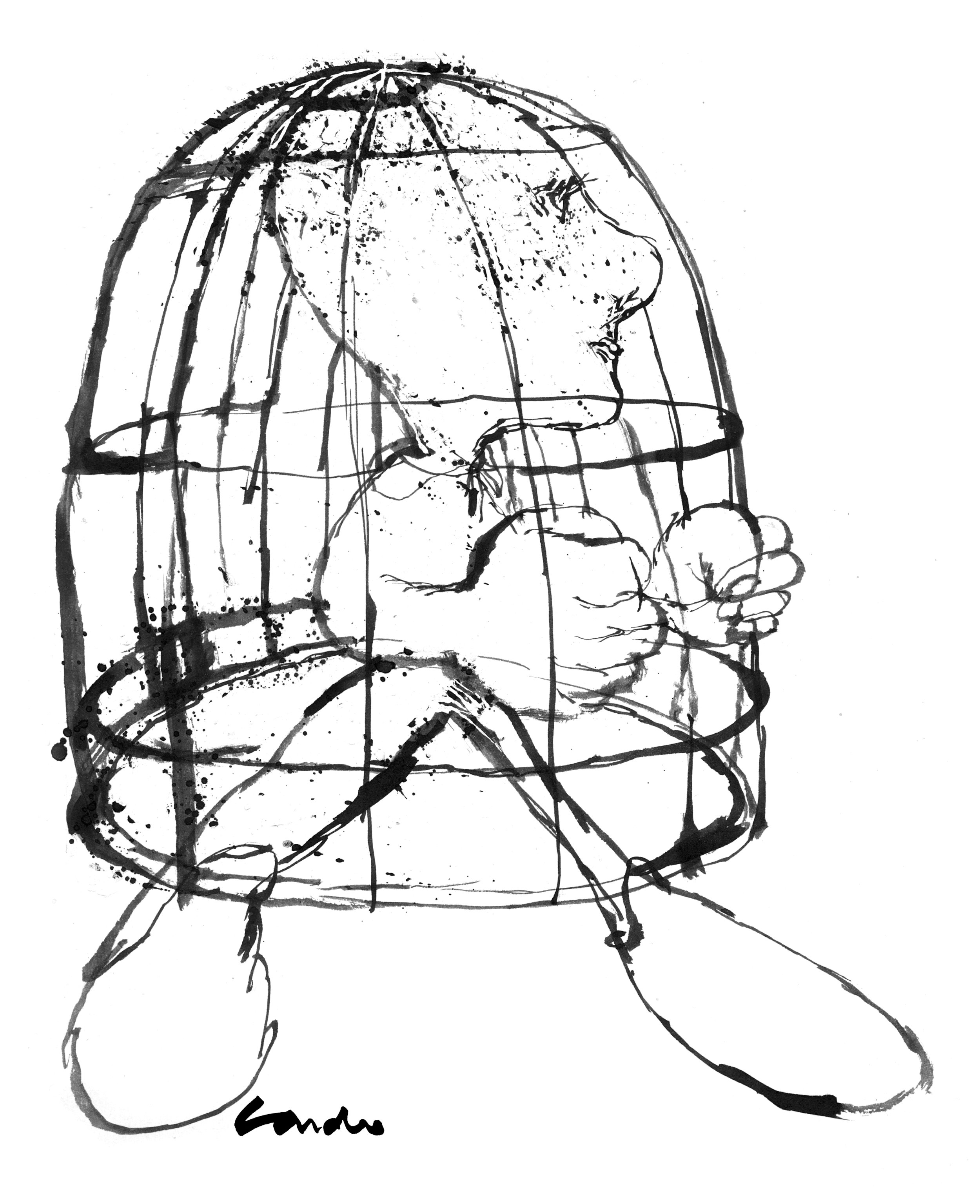
Democracy and freedom
The New York Times. Letters.
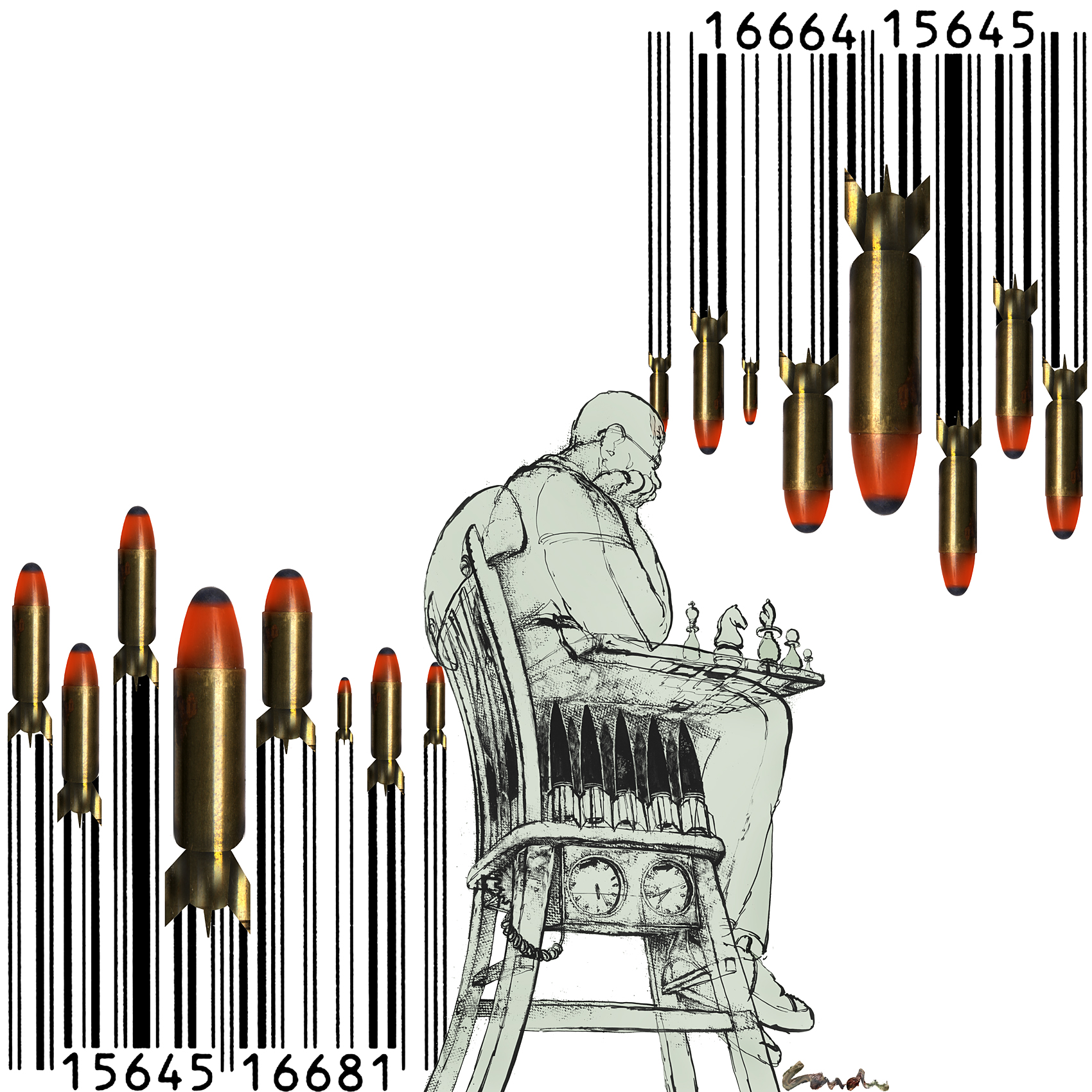
The Third Great (Commercial) War
Clarín newspaper. Opinion page.

The greatest challenge of the Mexican government
Clarín newspaper. Opinion page.
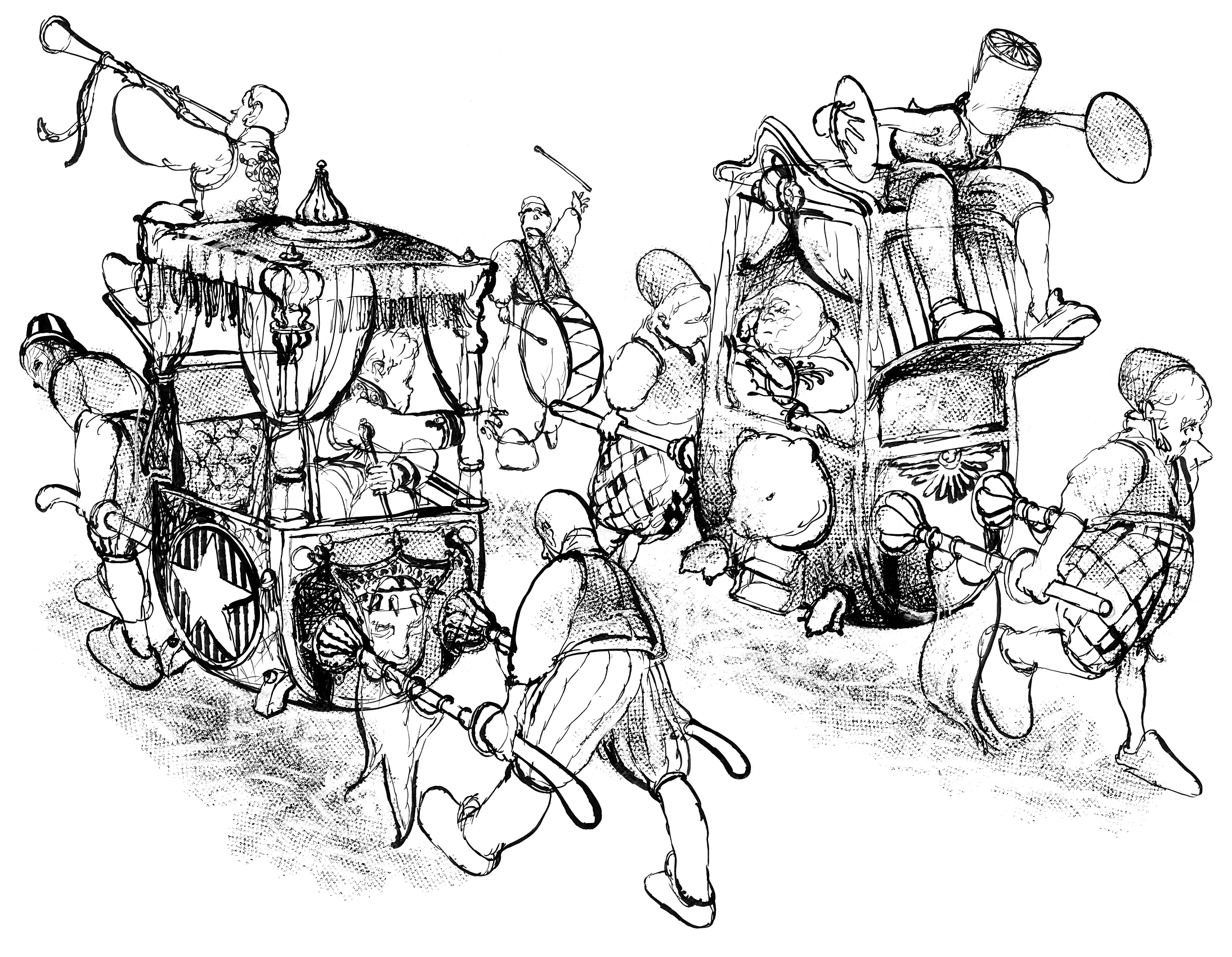
The round of power
The New York Times. Op-Ed page.

Foreign dependence
Clarín newspaper. Opinion page.
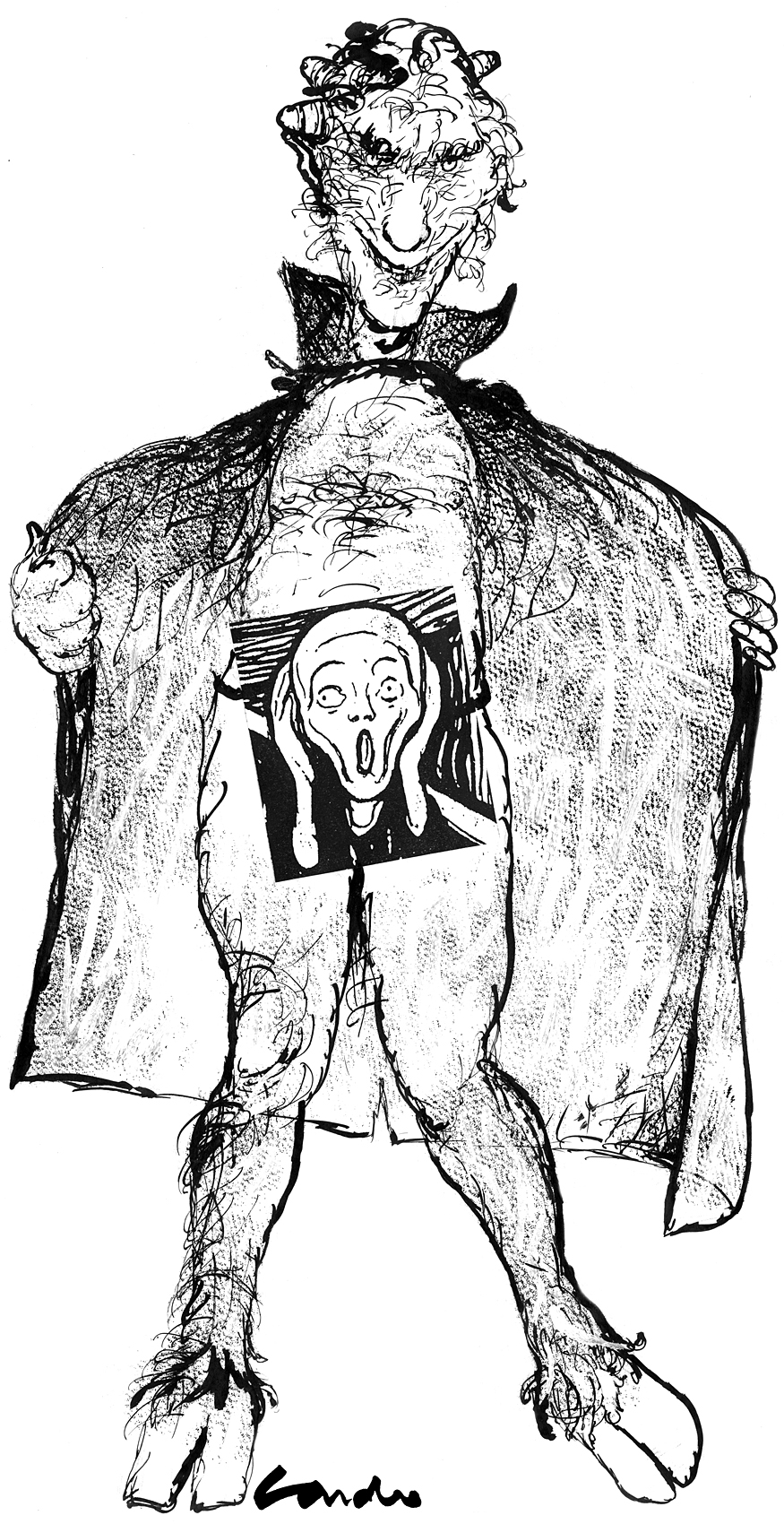
A temple of sex art in Hamburg
This is the name artist Tomi Ungerer gave to the Erotic Art Museum first opened in November 1993 in St.Pauli, a short distance from the famous Reeperbahn street (die sündige Meile), in the Red Light District of Hamburg. It exhibits more than five hundred works of art (and includes work of established artists like Delacroix, Grosz, Dix and Daumier, among others) covering six centuries in a true exhibitionist orgy of sex, eroticism, genitalia, sexual fantasies and fetishism. The illustration was commissioned by The International Herald Tribune.

Argentinean's concern for the dollar
Clarín newspaper. Opinion page.
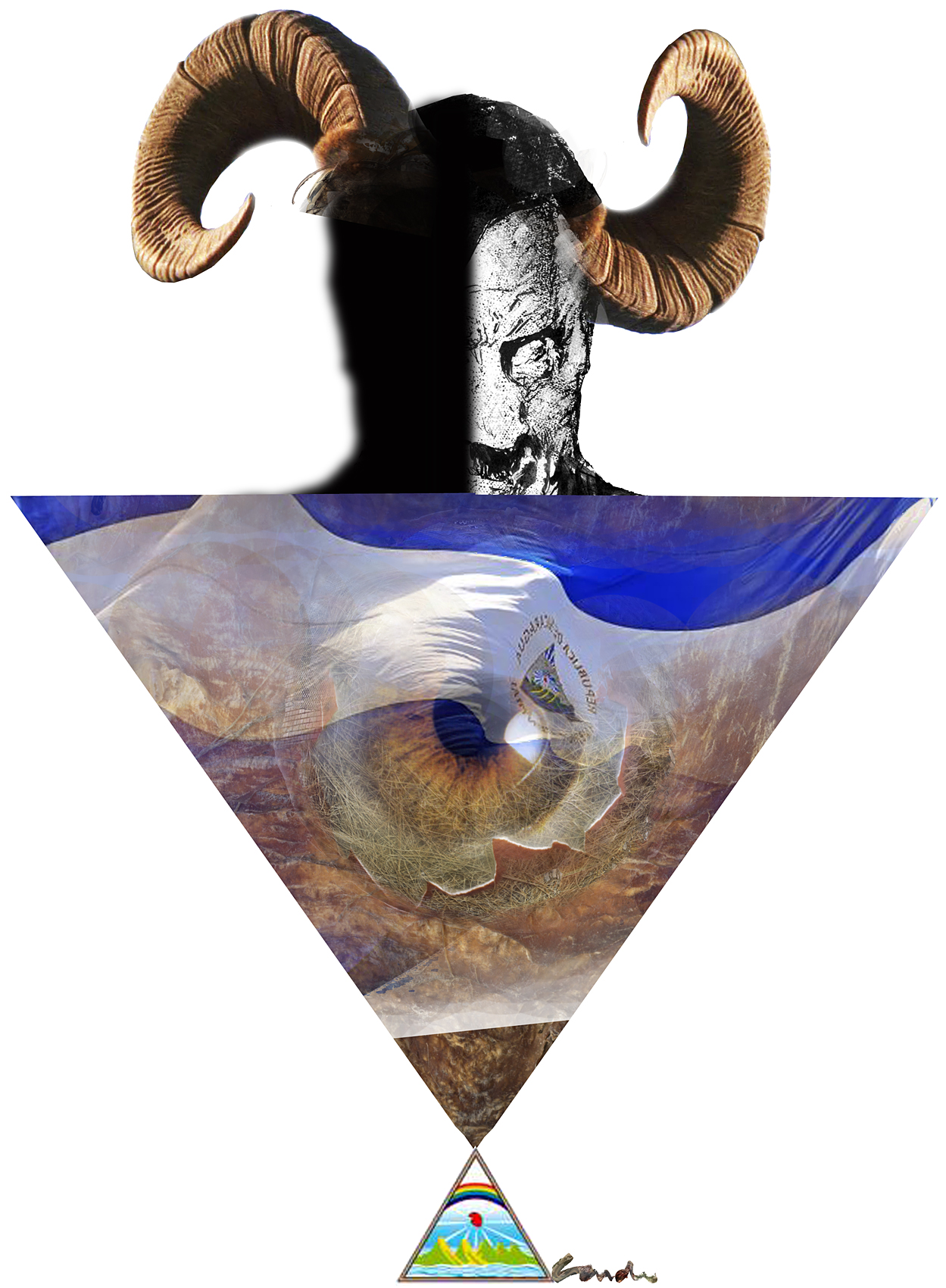
Political transformation of Nicaragua
Clarín newspaper. Opinion page.
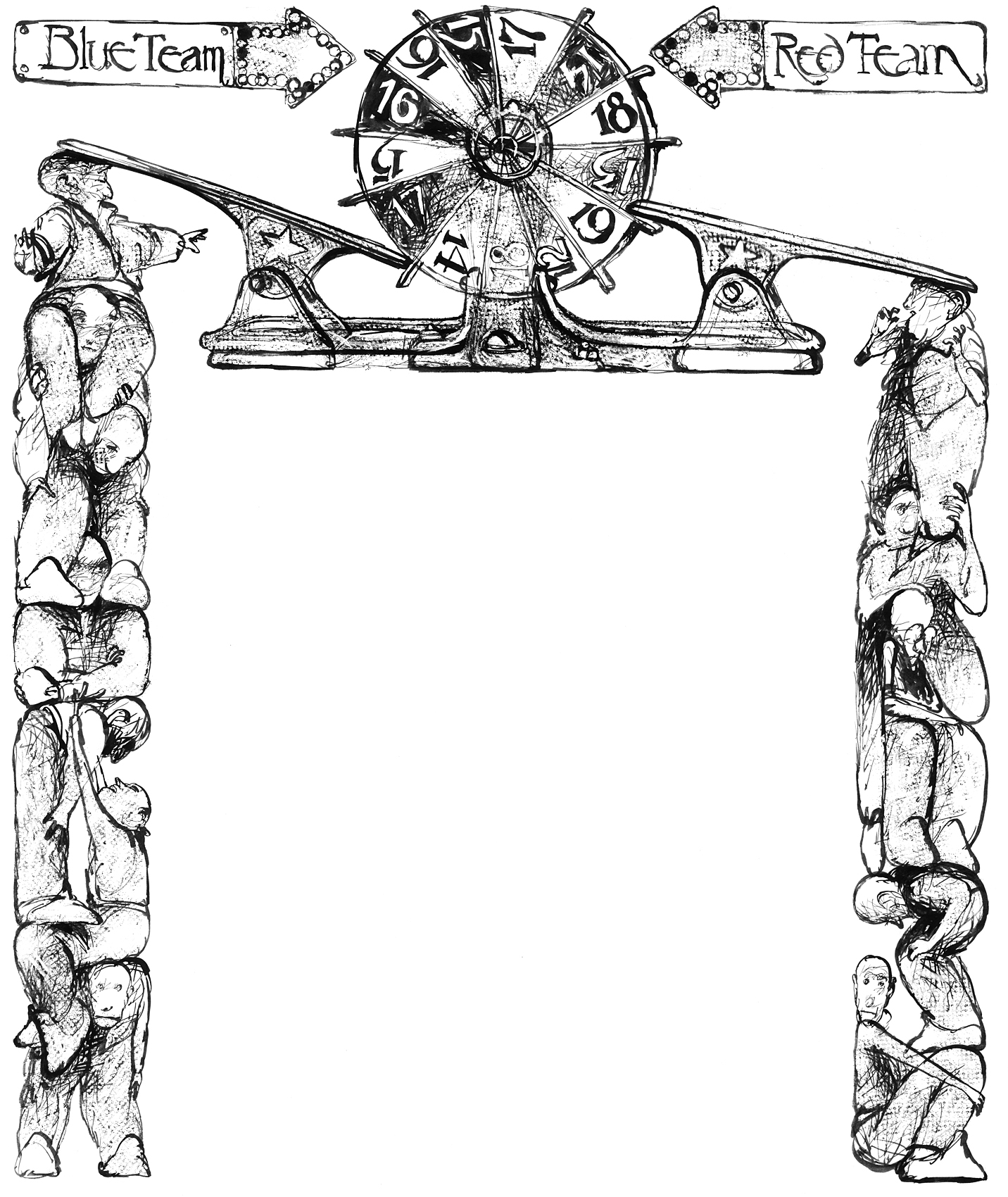
The electoral bid
The New York Times. Op-Ed page.
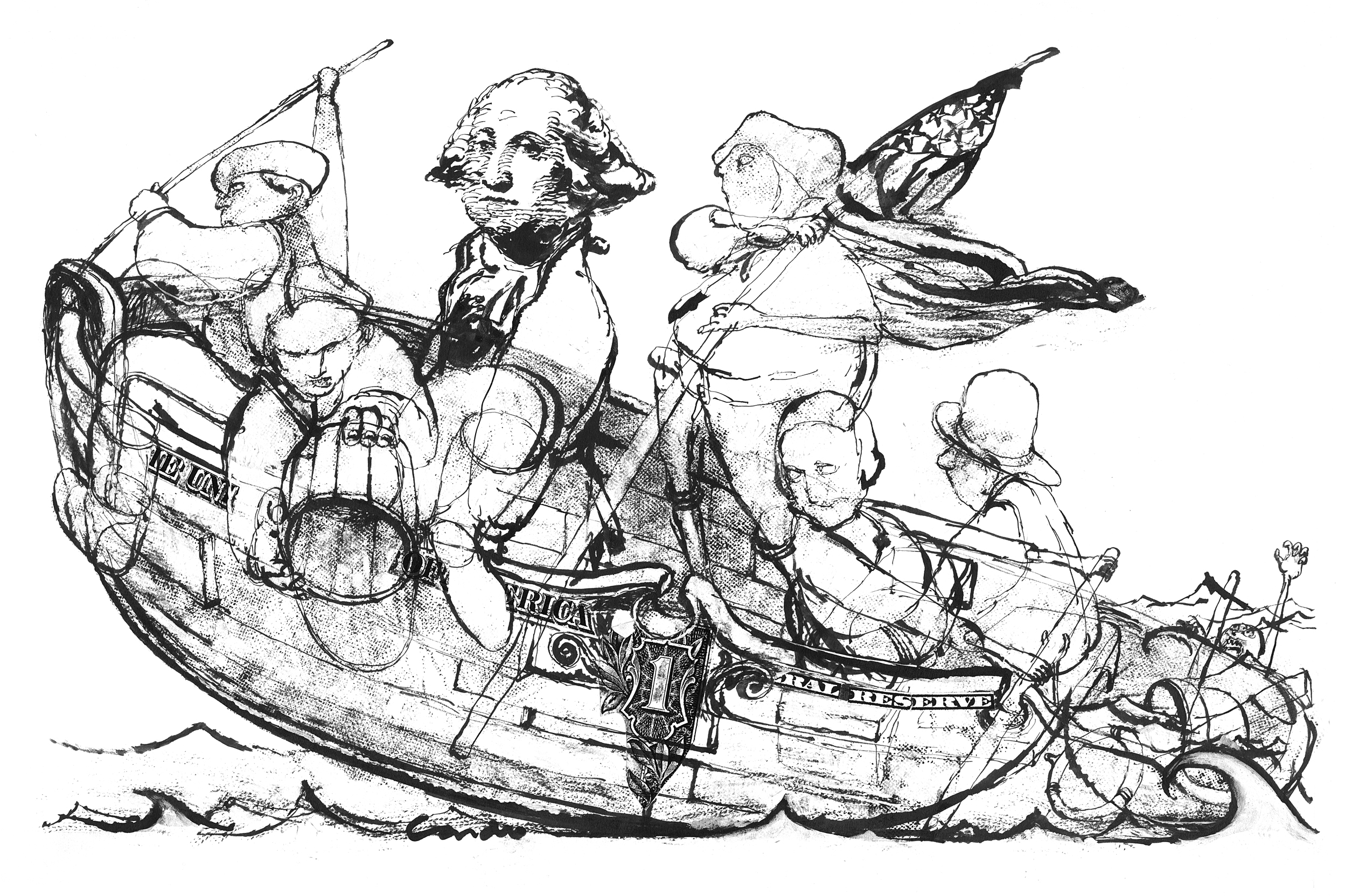
Washington crossing the Delaware
The New York Times. Op-Ed page.

Constitution of the new families
Clarín newspaper. Opinion page.

Towards the conquest of new markets
Clarín newspaper. Opinion page.
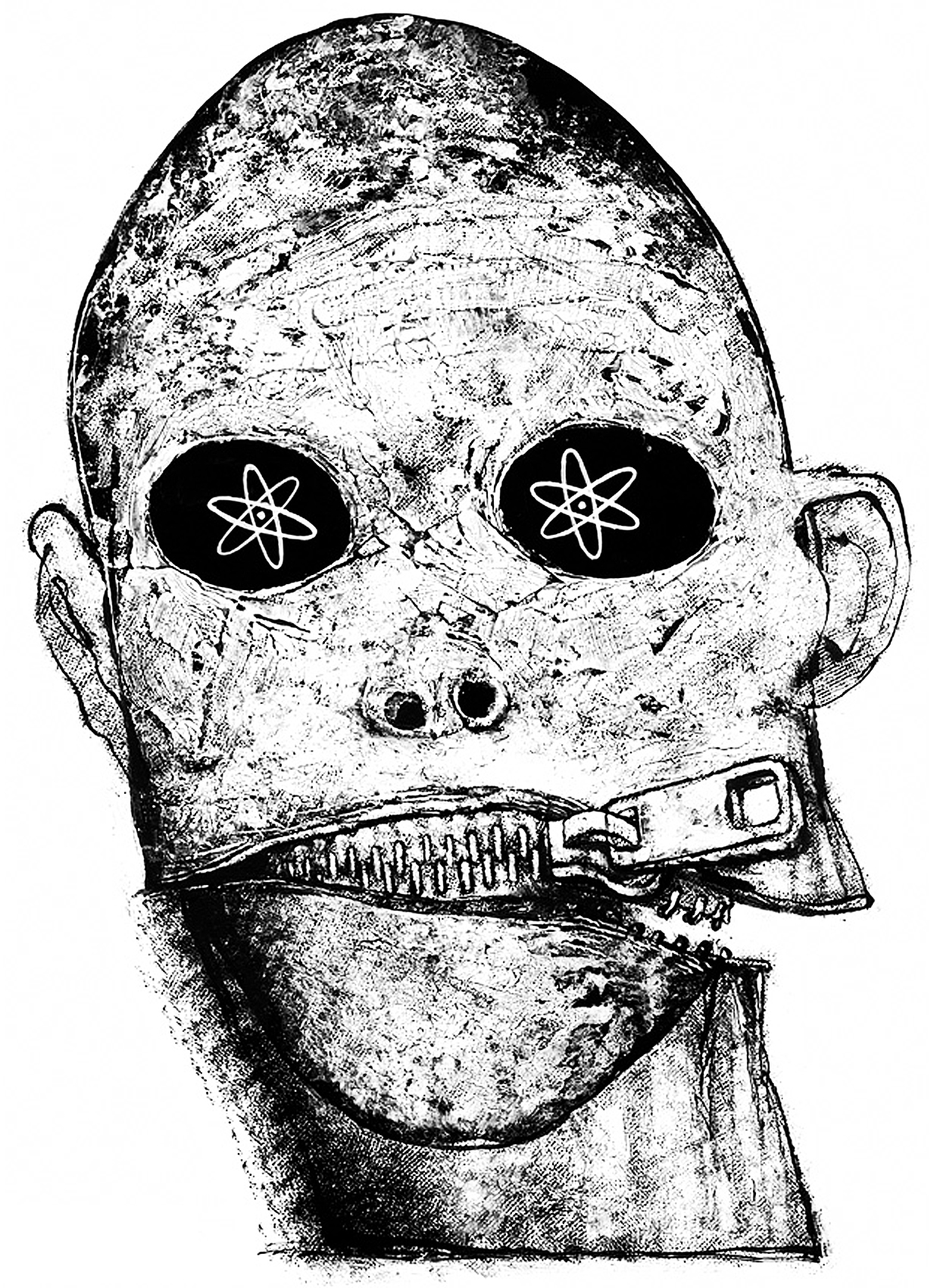
Death sentence in silence
The Rocky Flats nuclear plant, in the state of Colorado, United States, was located within the jurisdiction of Carl J. Johnson, Health Official of Jefferson County and specialist in medical effects of radiation, from 1973 up until 1981, and who from 1975 until the end of his term, carried out research which found evidence that the mentioned plant threatened the City of Denver, 16 miles away, with radioactive contamination, increasing the incidence of cancer in the population.
The political response was swift. The committee presided by Johnson was changed for another more permissive one, who forced the officer to resign.
An explosion that destroyed 620 industrial filters added to the drama. This accident resulted in the Denver area being covered with a four-year accumulation of plutonium and uranium powder that was retained in these filters. This event was so serious that the whole area had to be evacuated.
The Atomic Energy Commission and the State Health Department denied that this event could affect the health of the population, even though severe soil contamination was registered at a school located twelve miles away. This caused the leukemia death rate to rise to more than double than the national average. Since then, the evidences and deaths caused by radioactivity were so many that the nuclear plant ended up being closed down by a congressional investigation. The total number of contaminated victims will never be accounted for.
Nor will these atrocities come to an end. After this accident (which was not the first), there were other major ones, like the Three Mile Island, in the United States, on March 28, 1979, the one in Chernobyl in Ukraine, on April 26, 1986, the most resounding of all due to the shocking consequences it caused, the one in Tokaimura, Japan, on September 30, 1999, and the chain of explosions in the Fukushima nuclear plant, on March 11, 2011.
It is impossible to understand the arrogance and alienation of these governmental serial killers, that manipulate and in most cases hide or minimize with absolute impunity and contempt for their fellow citizens, the harmful effects of the so called nuclear cemeteries, and makes it imperative that special laws to punish them should be enacted where the severity must be measured according to such atrocity. The illustration was published by The New York Times. Op-Ed Page
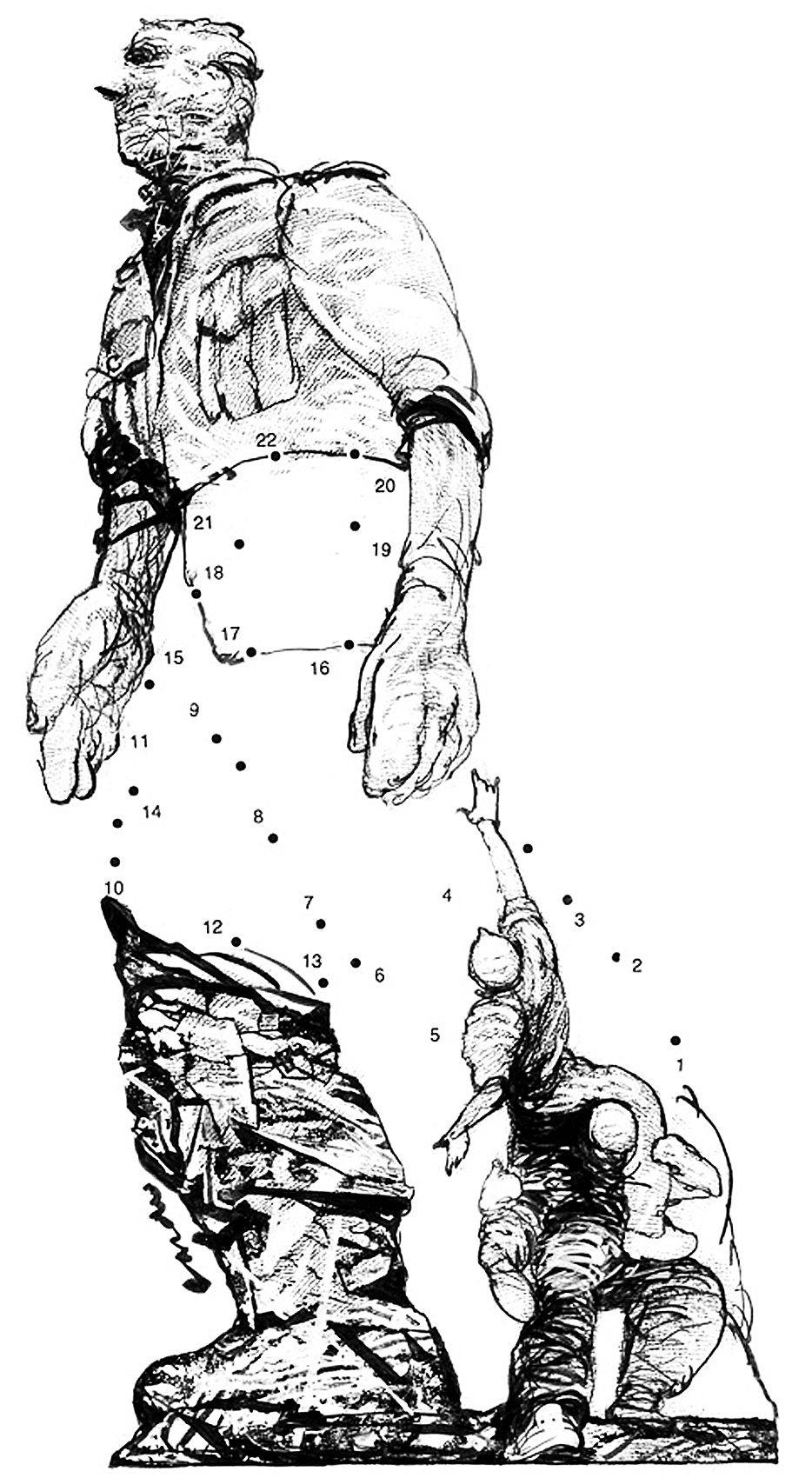
The Ghosts of Vietnam
The New York Times. Op-Ed Page.

Mutual dependence
Foreign Policy magazine
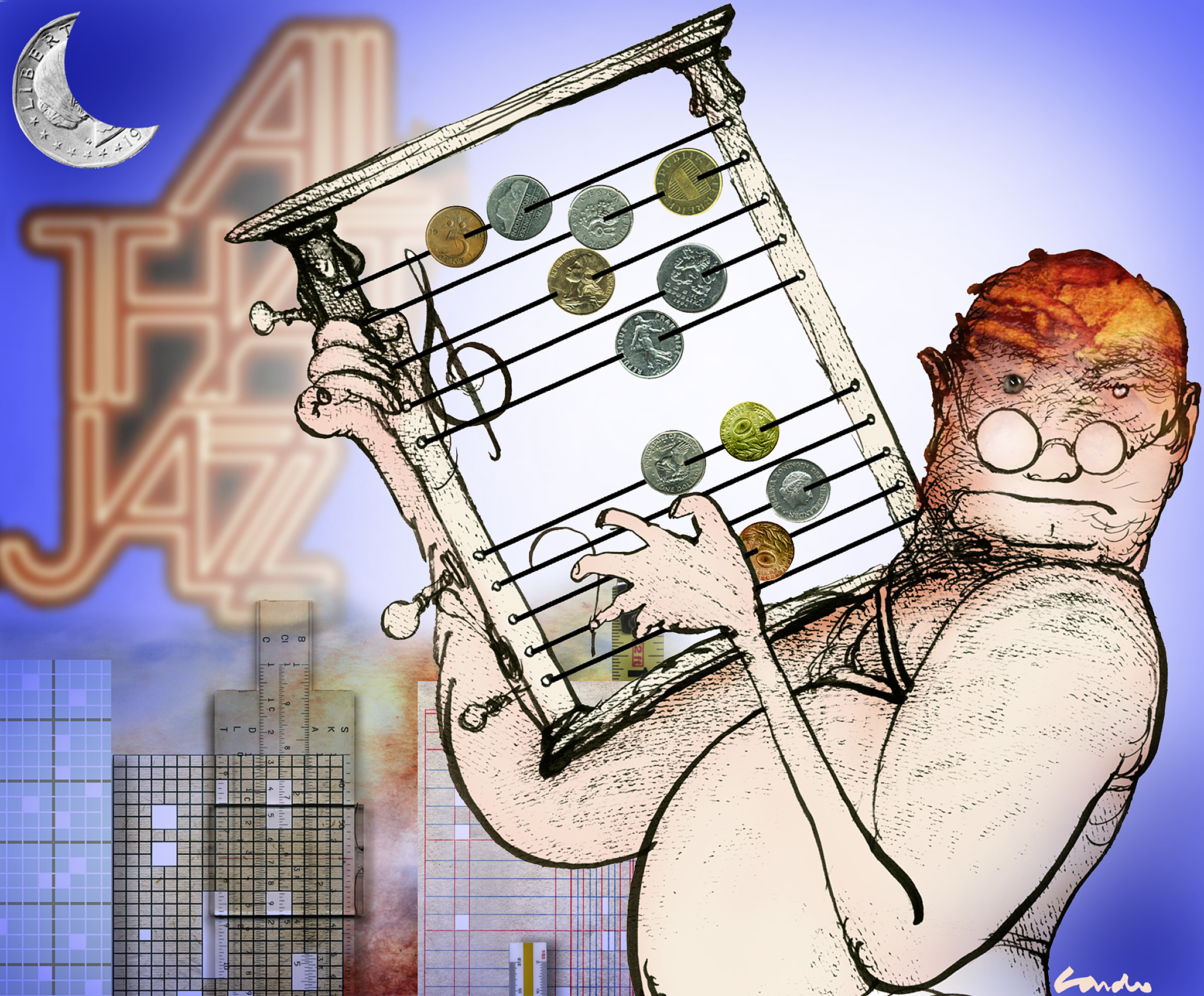
Don't "play it again, Sam"
Memorable phrase by Humphrey Bogart in the film Casablanca, co-starring with Ingrid Bergman. It refers to the real estate bubble that affected practically all the industrialized countries. Years after, its main manager assured that if necessary they would “play” it again.

Chinese commercial supremacy
International Herald Tribune
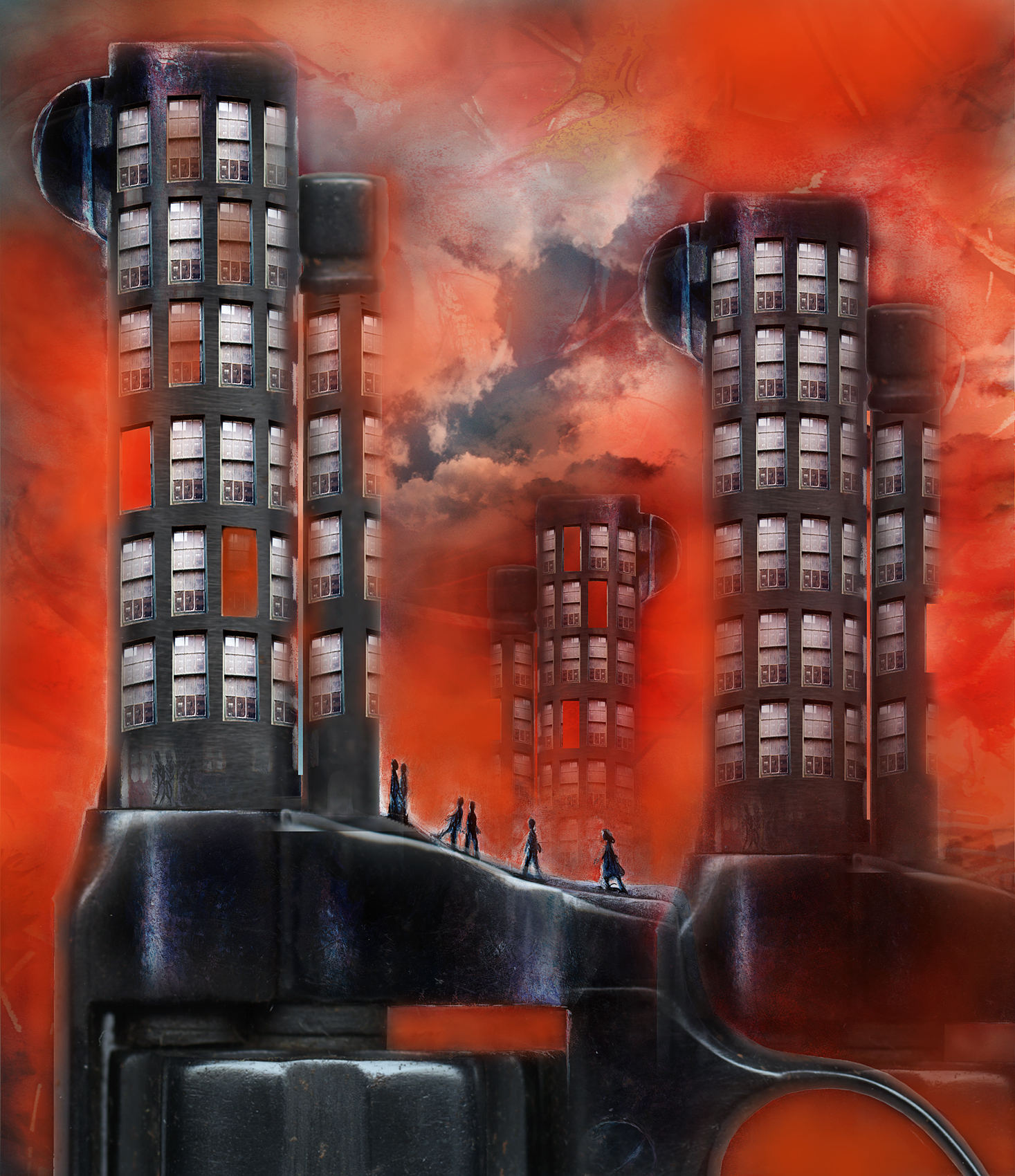
Urban violence
The Washington Post magazine
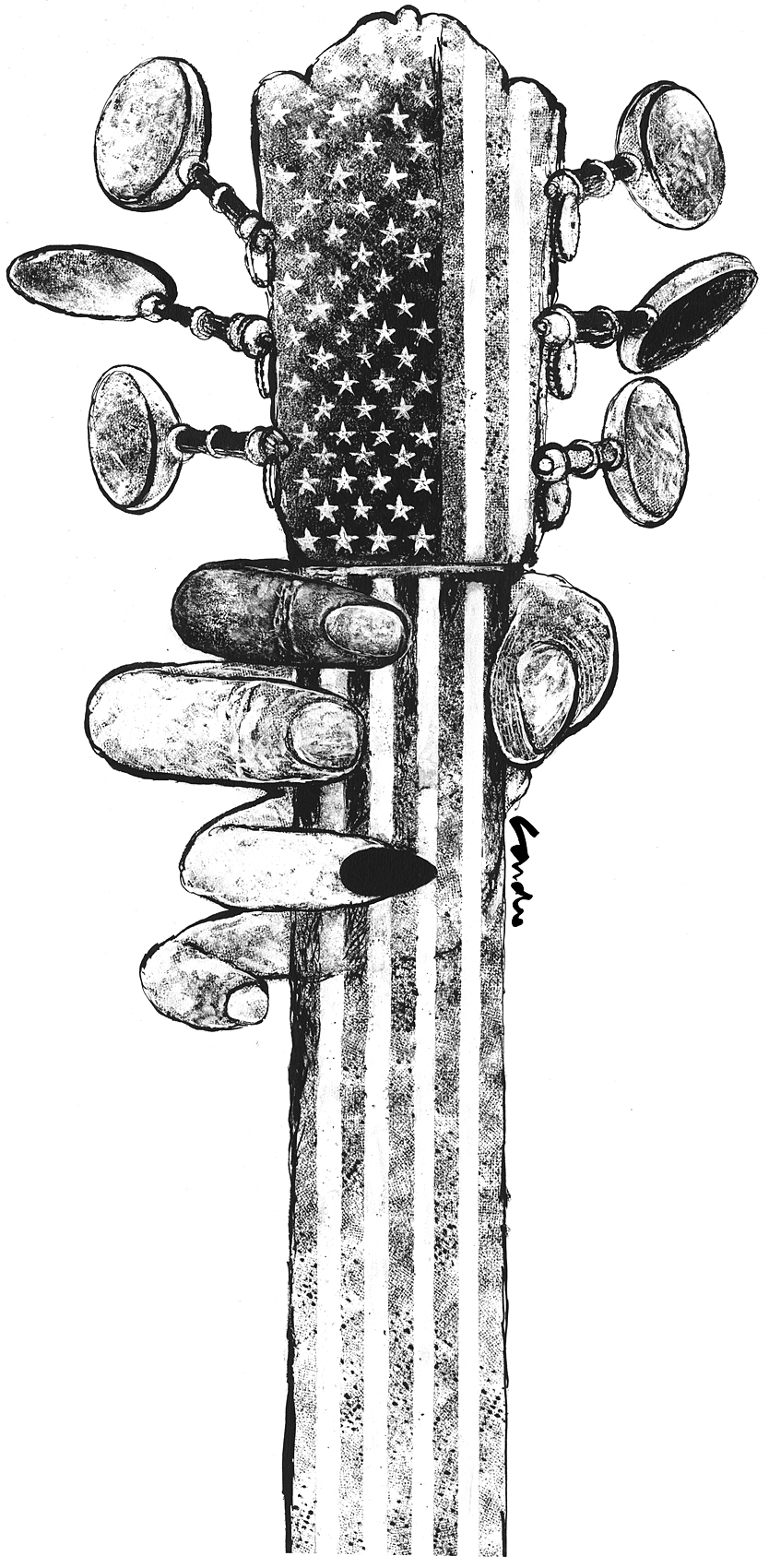
Working together, works
Mobil Oil
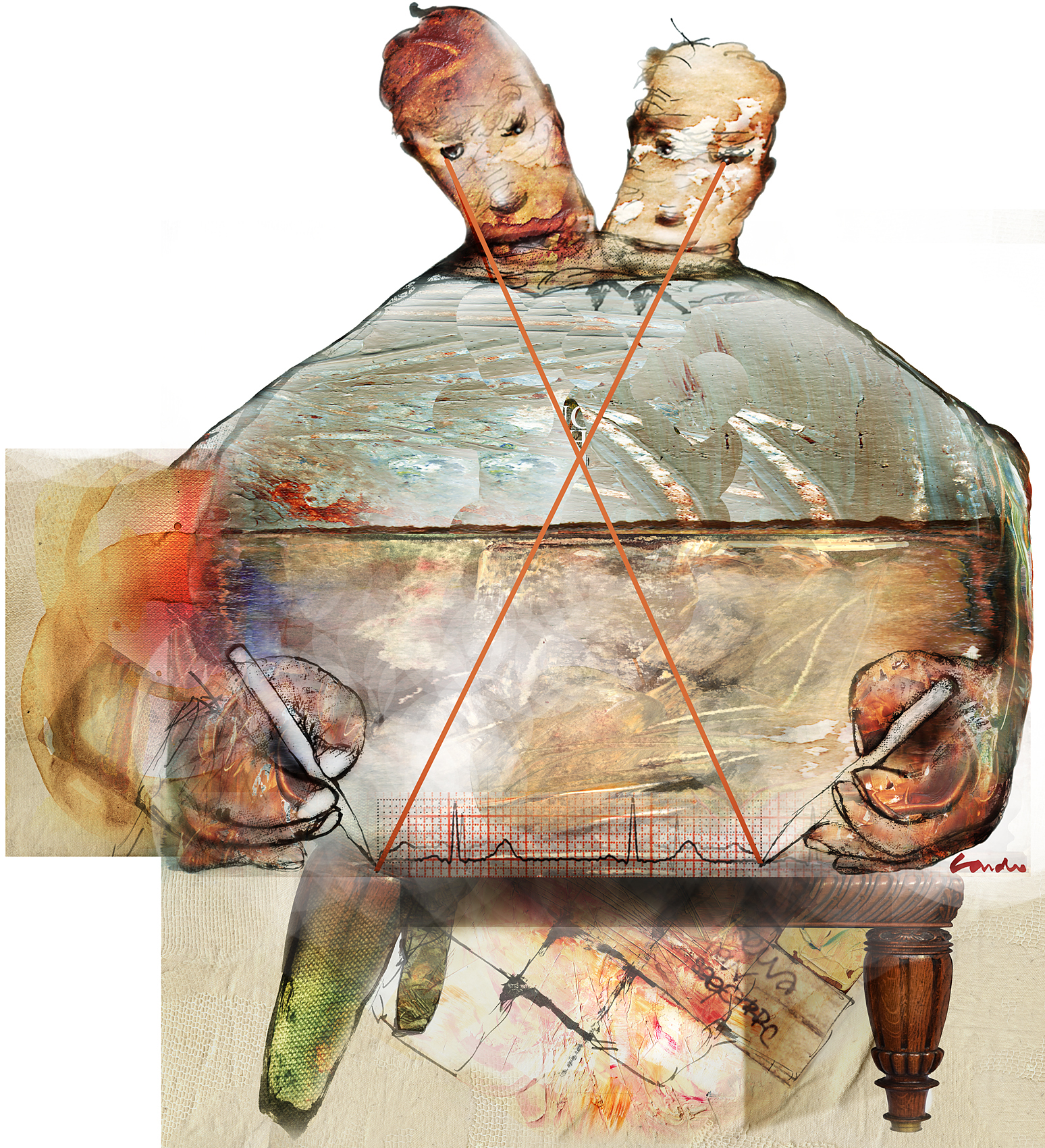
Science of the voting booth
The New York Times. Science Supplement


Identity
When the American Polish writer Isaac Bashevis Singer was asked if he not feared the disappearance of the State of Israel, he replaid that the disappearance of the State was possible, though not of the people of Israel. He proved his claim by the antiquity of the Hebrew people and their long journey through the planet’s surface. A lesson about the true identity of a nation joined by the spirit.
The idea of the spirit that exceeds its container represents hope for today’s vast, growing and silent migrant nation consists of twenty-three million refugees from Afghanistan, Bosnia Herzegovina, Colombia, Kosovo, Kurdistan, Rwanda and western Timor, behind other former nomadic peoples: Armenians and Gypsies. So why did some protestors at the World Social Forum (WSF) in Porto Alegre, Brazil adopt the swastika? Foreign Policy magazine. September, 2001.
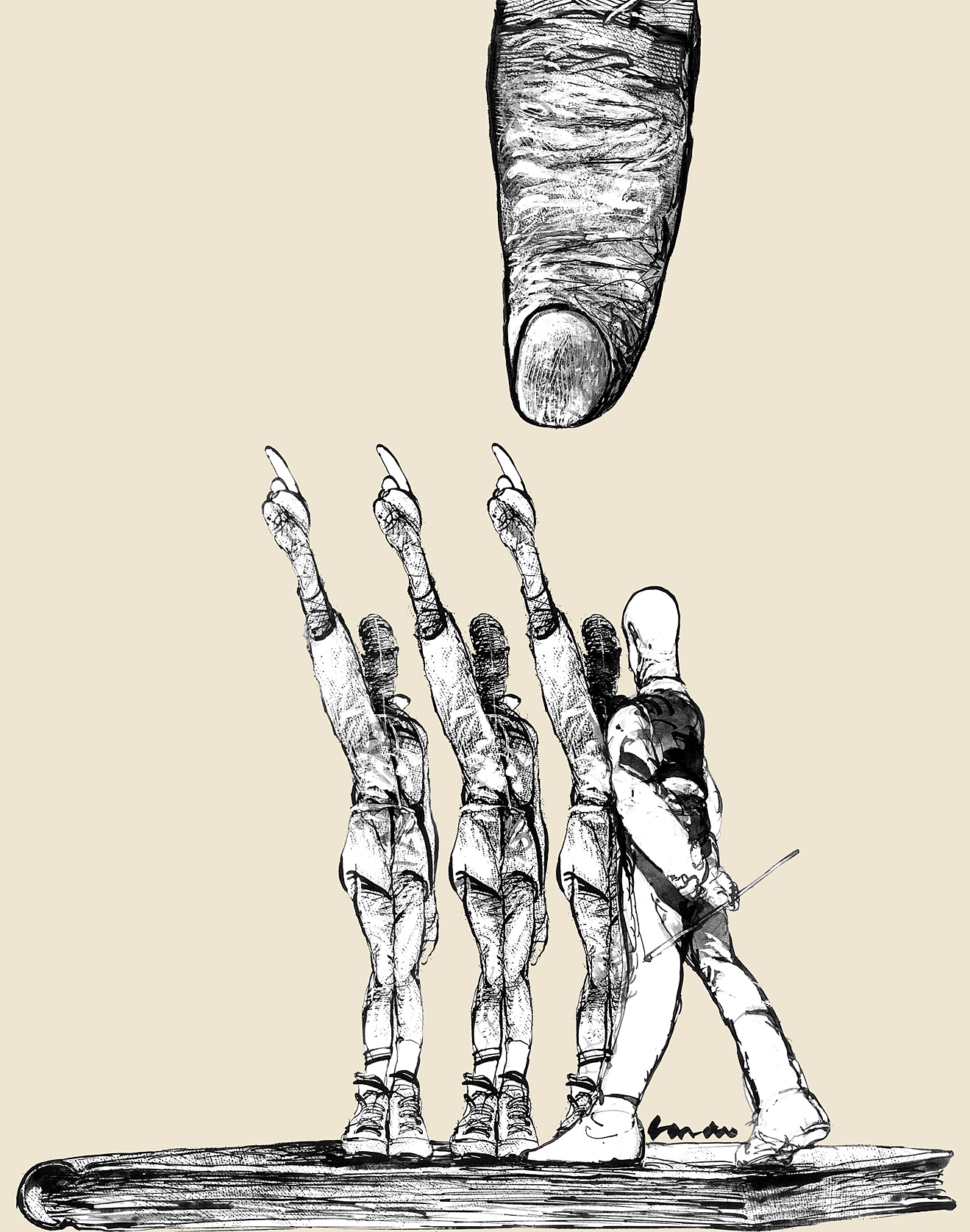
To pray or not to pray
Periodically the issue of religion is brought back into notice by fanaticism and contempt for the belief of others.
When this article was published on September 9, 1995, this issue had been reignited. The author, Kathleen Horan, an English teacher at the West Side High School in Manhattan, claimed that her classes were attended by a mix of Catholic, Jewish, and Muslim students along with students of other different beliefs.
In a speech delivered in 1875 by Ulysses S. Grant, President of the United Sates from 1869 to 1877 he said: “Leave the matter of religion to the family altar, the church, and the private school, supported entirely by private contributors. Keep the church and the State forever separated”.
President Clinton, in office at the time this article was published, maintained that the Constitution contemplated that a student in a public school could pray in silence, before an examination, and said that he himself had done so. He also added that while religion should not be taught in schools, information should be provided about the different religions.
And Mr. Clinton, why not avoid discriminations, and expand the field of spiritualism to include agnosticism and atheism?
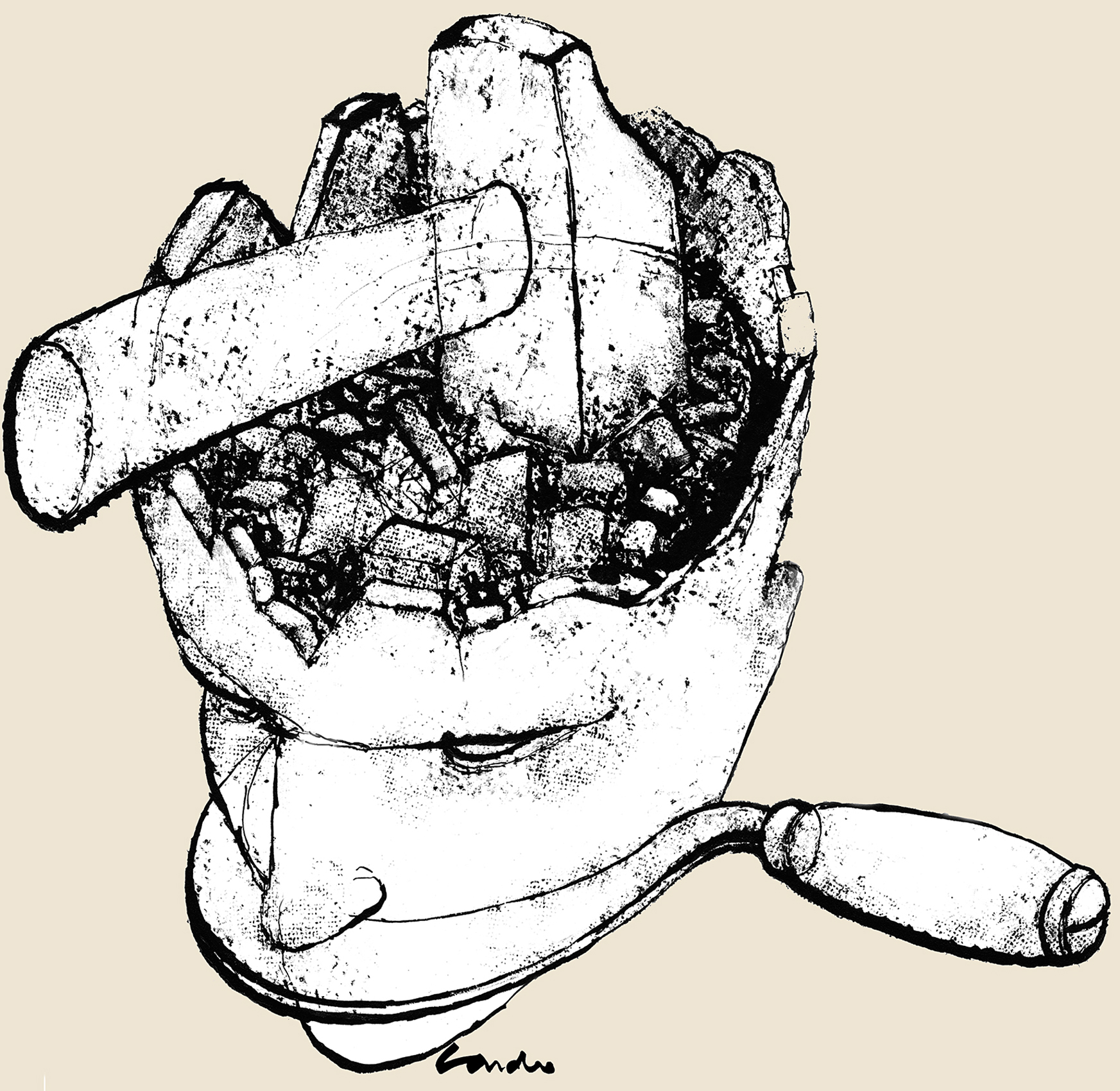
Perm 35
Perm 35 belongs to a series of prisons, forced labor camps, lunatic asylums and frozen small villages where the communist regime isolated and locked in its opponents under the wicked Article 70 of the Criminal Code. This place of horror was also the destination for common criminals and those who tried to escape from their own country and were apprehended. Columnist A.M.Rosenthal was the first foreigner to have had access to that restricted zone of the so called Gulag, which was revealed to the Western Hemisphere by Alexander Solzhenitsyn in his work “Gulag Archipelago”, published in 1973.
Throughout his entire mandate, Mikhail Gorbachov denied the existence of these prisoners but finally in a speech before the United Nations, he said that “no longer are people kept in prison for their religious and political views”. Obviously, prior to leaving for New York he had set free the great majority of these unfortunate prisoners.
During a visit prepared as a show for the North American journalists that were part of delegation presided by Rosenthal, four prisoners still serving their sentences were allowed to talk to the visitors. This unleashed the fury of the guards which was only moderated by Ivan Rakhmanin, an officer of the Procurator’s Office who led the visit. In the past, Rakhmanin had signed articles in the name of the Soviet Government, responding and denying Rosenthal’s accusations on the existence of these camps.
When these elucidating events take place, no matter how well organized the visit may be it is impossible to avoid exposure of many atrocities committed, as well as the filtering of undesirable and unwanted information.
The imprisonment of people, tortures, humiliations, death due to hunger and cold and even of children, and the destruction of families, makes us wonder where the ideals of the communist revolution are, which overthrew the czarist regime to replace it with the Leninist, including the treason of Stalin, and exile and murder of Trotsky, who was downgraded to the rank of a traitor. Or the self imposed seclusion of Fidel Castro in 2012, instead of attending the celebrations prepared in honor of his 86th birthday. One wonders if that seclusion is not an act of repentance for the political prisoners he kept in captivity for life, even though he admitted after that the model he had defended was not valid: a tremendous burden on any conscience. Even though it has failed repeatedly, communism will remain alive due to its role as an essential opposite side of the same coin which keeps us bewitched: The System.

Last stumble to oblivion
Gary Hart was presidential candidate for the U.S. Democrat Party in 1984. Former Vice President Walter Mondale was the clear candidate of the establishment, followed by activist Jesse Jackson. Hart was the loser but this did not dissuade him. In 1988, Hart declined his presentation to a third term Senatorial mandate and decided to run as presidential candidate. This time the polls showed him as the candidate with most chances of winning, but his love affairs, that constantly mined his marriage, ended up discrediting him.
The final blow was his challenge to the media to prove the allegations made about his relationship with a young model Donna Rice. It was then that The National Enquirer published pictures on its first page of Hart on a yacht with his mistress Donna sitting on his lap. After a turbulent week, Hart resigned his candidacy.
None of this had been defined when James Reston wrote the article on December 20, 1987, with the title “Hart’s latest Blunder”. In a jovial tone, Reston indicated that the best Democrats were not included in this campaign, and that the worst —referring but not mentioning Hart, who were ridiculing the party— were reluctant to resign to the campaign. He compared his behavior with that of the boy who murdered his parents and asked for sympathy on the ground that he was an orphan. He advised voters to express their dissatisfaction by staying home on primary election day, to force Democrats to reconsider the best person qualified to govern the country.
Hart did not give them time and sealed his fate in his lap.
”One evening I sat Beauty on my knees, and I found her bitter.” Arthur Rimbaud.

Populism
The international press alerts us to the danger of populism, the threat of the leaders, symptoms of what has been called the democratic recession, indicated by the minimum indexes of institutional trust. That habitual suspect adopts different morphologies in each country. It is not uncommon that Poland, Hungary or Turkey have fallen into these deformations, although it is that the United States or Italy are with this problem. Is it possible that an opposite version of what Mouffe called a "de facto coalition" is being given to them, referring to established democracies? Is it, as Vallespín wants, that populism operates like the Greek pharmakon, that term that so fascinated Derrida with all reason, since pharmakon means both medical remedy and poison?
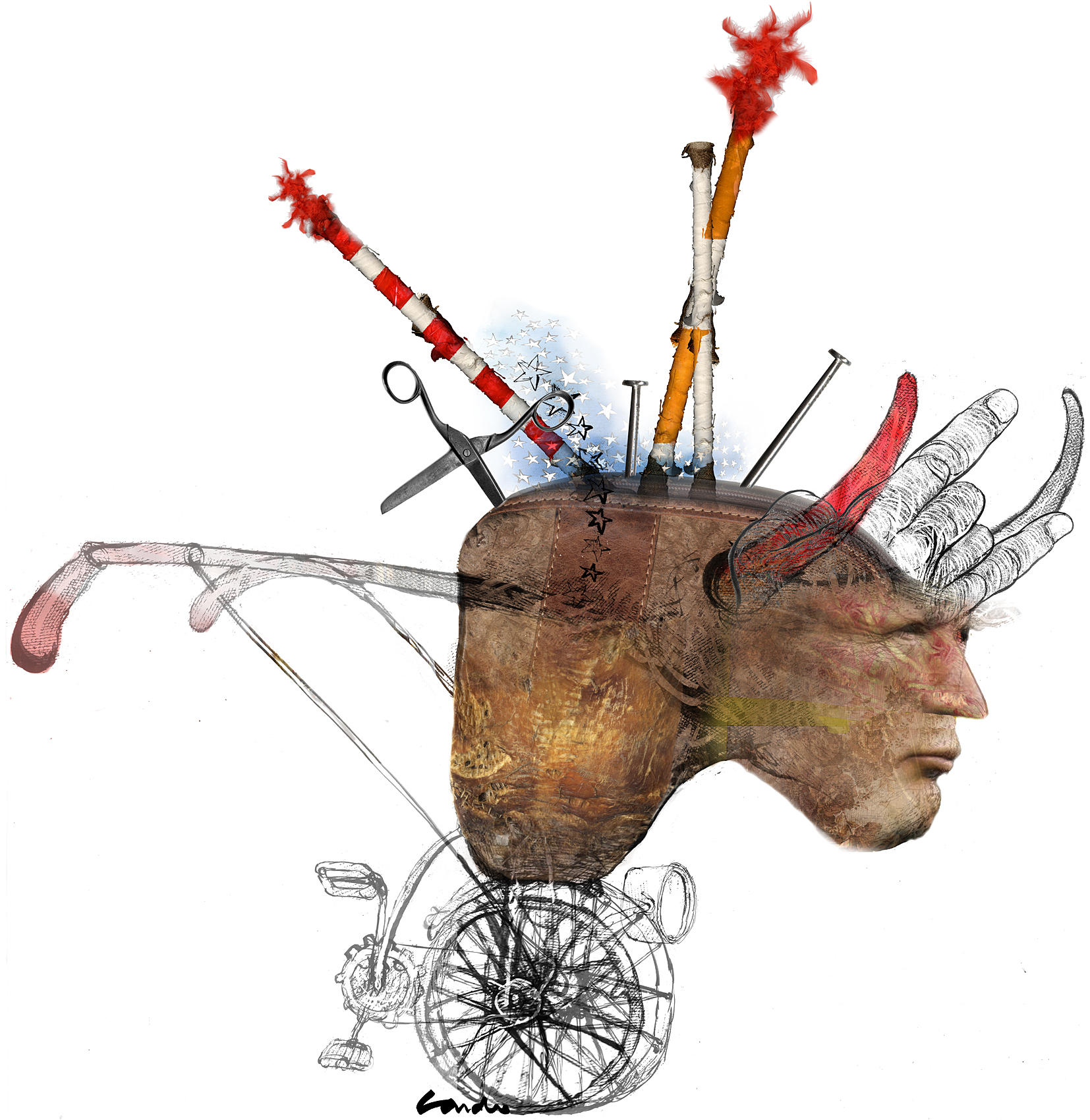
Shall we stop Trump before Is it too late?
Madeleine Albright’s alerting in the New York Times, mentioning that Fascism today constitutes a more serious threat than in any other moment since the end of the Second World War, when the Italians hung upside down the corpse of his former dictator Benito Mussolini near a service station in Milan, and two days later, Adolf Hitler committed suicide in his bunker under the streets of Berlin, ravaged by war. She pointed out that Trump has steadily decreased the positive influence of the USA in global councils. At that time, in China, Xi Jinping has persuaded a docile National People's Congress to raise the limit constitutional to his management in power. Examples abound.

Second stage of the launch
The evolutions of North American foreign policy worried to many statesmen regarding the handling of the global dimension to face subjects of vital common interest. Perhaps that is why the illustration originally conceived for Foreign Policy magazine had national repercussions and was immediately requested by the Chicago Tribune to illustrate the theme.
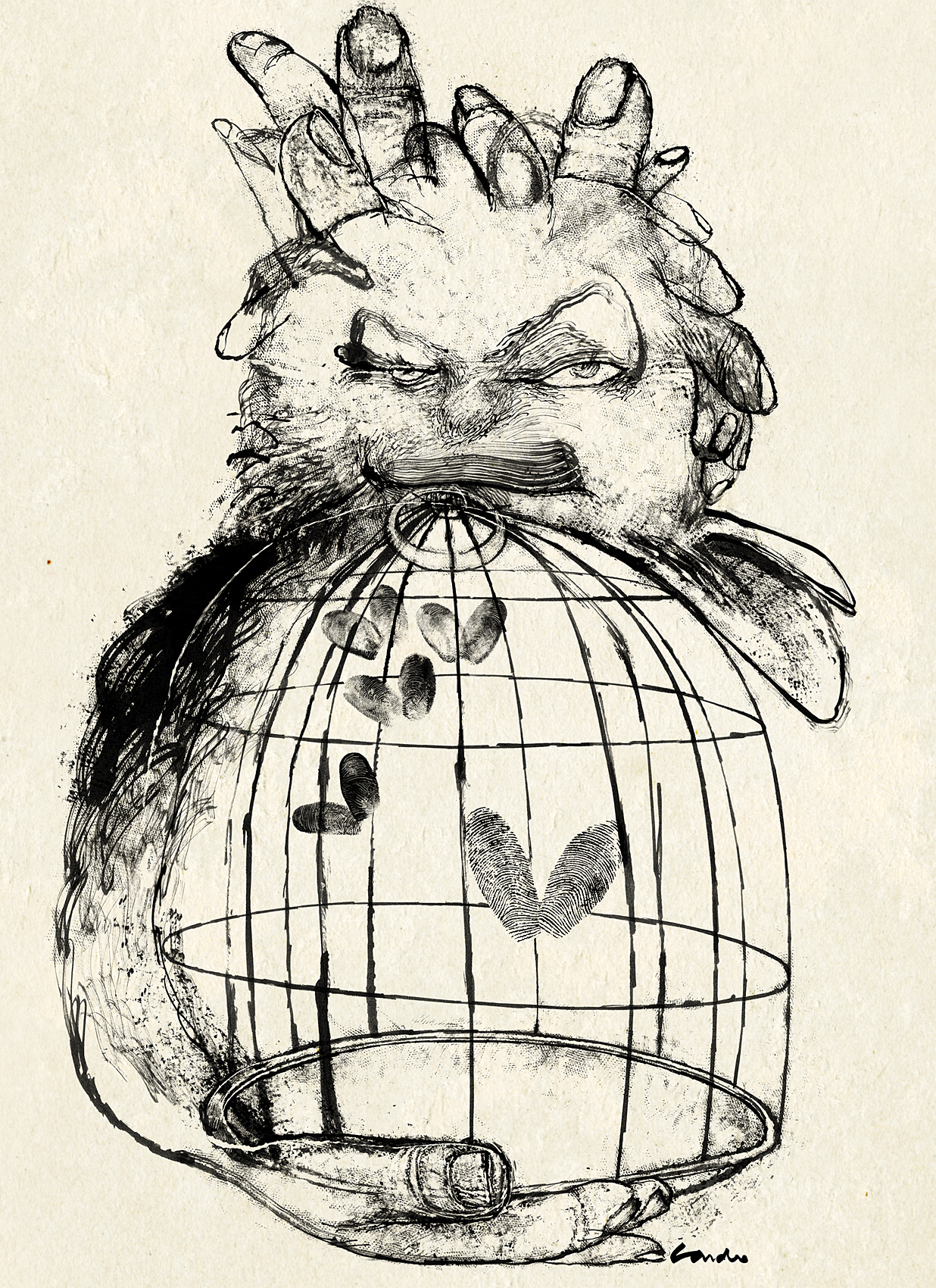
Parallel universes
“The materials that are handled (by man to create his worlds) are colors, forms, other perceptions, movements, memory, imagination, and forgetfulness”, considered Jorge Luis Borges on 13th September 1984.
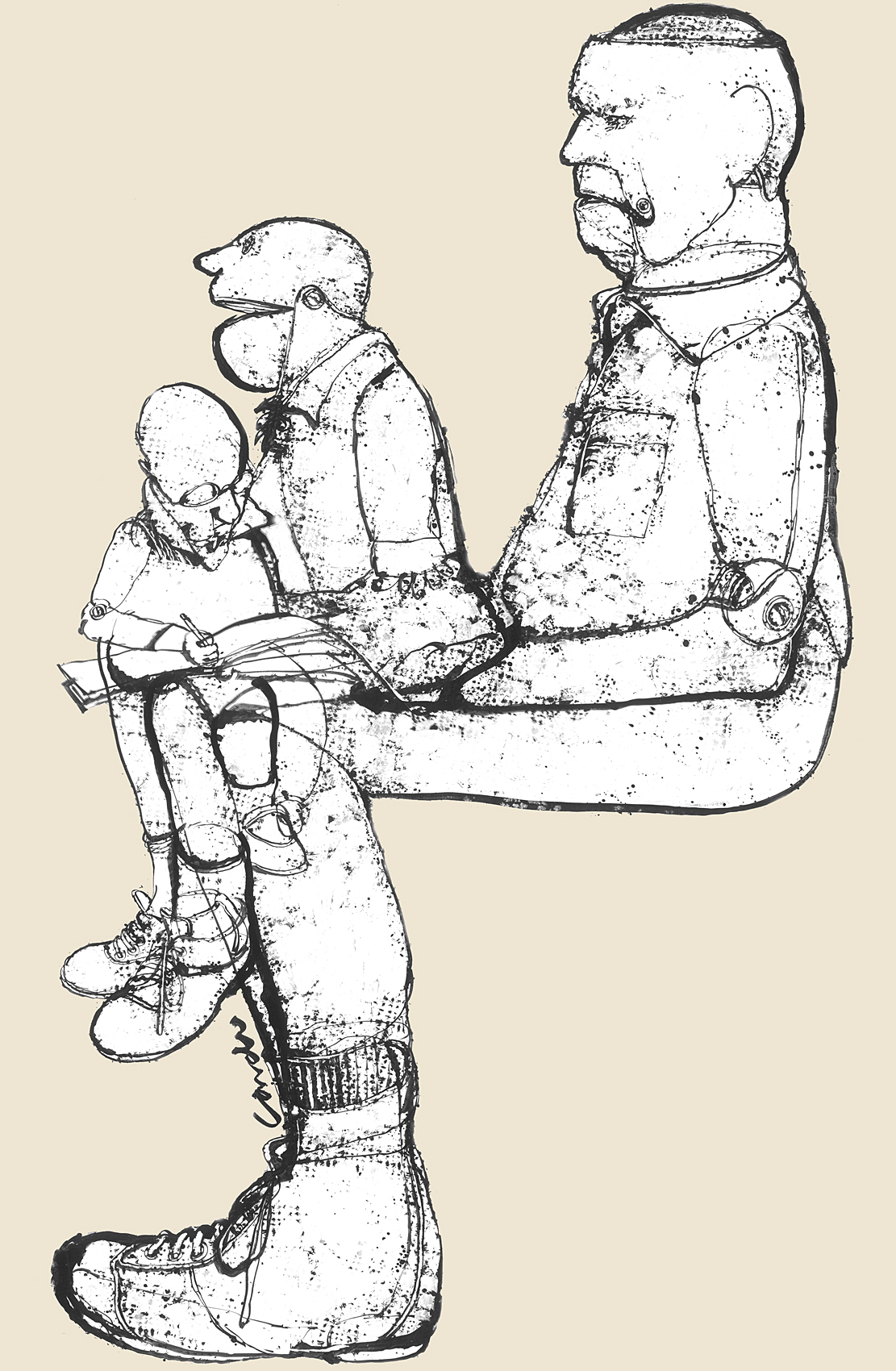
The Usurping Spokesman
For Larry Speakes’ insatiable ego, his six years of service as the destabilizing White House spokesman for Ronald Reagan must have been intolerable, and exploded in the form of a book: “Speaking Out. Inside the Reagan White House”, where he portrays the president as someone reluctant to read, that paid little or no attention to what his staff was doing, and who was an easy prey for him, as the construction of the presidential image is attributed to him. He also referred to Nancy Reagan as someone “capable of stabbing (even her husband) in the back”. He finished up leaving his post as spokesman, where he had an annual income of $ 70,000 Dollars to earn $ 700,000 Dollars as the vice-president for communications at Merrill Lynch.
Another ungrateful dummy that ended up biting the hand of the ventriloquist who fed him. The original article, “Speakes: Product of the System” (1), was written by James Reston, a New York Times columnist, and was published on Sunday, April 17, 1988.
(1) Larry Speaks/Larry talks, a product of the System, in a way, is a play on words based on the surname of the spokesman.

The women's factor
The first commemoration of women’s struggle for their participation on equal grounds with men in society, and their integrated development as a person, took place in 1911 in Germany, Austria, Denmark and Switzerland. In 1977, the General Assembly of the United Nations proclaimed March 8 as the International Day for Women's Rights and International Peace.
In its issue of March 6/7, 2010, the International Herald Tribune decided to publish a Special Report devoted entirely to women, and the front page article bore the title: “In the 21st. Century, the final frontier”, written by Katrin Bennhold. The writer stated that the new century would provide a number of challenges for women, from achieving scientific skills to becoming an indispensable contributor to peace.
Regarding science, Bennhold referred to the famous song "New York, New York" ("If you can make it there, you can make anywhere": if you succeed there, you can succeed anywhere), and “said: If women can make it in science, they can make it anywhere”.
The truth is that there have been many outstanding women in science. The most popular of all is undoubtedly Maria Curie, a polish chemist and physicist, but we can mention other top-level professionals, such as British Ada Lovelace, Susan Jocelyn Bell Burnell and Rosalind Elsie Franklin, Austrian Lise Meitner, North American Barbara McClintock and, the most important woman in the history of mathematics—as Einstein sustained— Amalie Emmy Noether.

Central Agency of Unintelligence Ltd.
It is said that in the hands of a skilled operator, a polygraph test detects changes in blood pressure, pulse, imperceptible muscle movements and changes in breathing with a reliability level of 90%, and has been used for many years in the USA, especially and periodically with CIA agents to prove their loyalty.
When agent Aldrich Hazen Ames was arrested, a former officer and counter-intelligence analyst for the Central Intelligence Agency, charged and convicted of espionage during 1985-1991 in favor of the Soviet Union, who gave the KGB the names of all American agents in the Soviet Union, was said to have failed the three polygraph tests he underwent, but that these irregularities were not reported. The article published on March 8, 1994 on the Op-Ed page signed by Ronald Kessler, unmasked an accumulation of errors, complicity and laxity of the system, and called for a prompt reform of the existing situation.
The Director of the Central Intelligence Agency, R. James Woolsey, in the presence of several hundred employees of the state office and over TV closed circuit for the rest of the staff of the CIA, said he was skeptical about the polygraph test effectiveness.
This was not the only diffusion revealed since then. It was confirmed that the procedure of partitioning the information was continually violated when officers exchanged secrets over lunches or, as was the case of Ames, during outdoor smoking breaks at the CIA headquarters.
As the CIA is focused almost entirely on foreign espionage, it is vulnerable to internal spies, as in the cases of Ames, Harold James Nicholson and Robert Hanssen.
The subsequently revealed truth was that Ames acknowledged that techniques to defeat the polygraph test were relatively easy to learn and perform. Other notorious spies Karl Koecher, Ana Belen Montes, and Leandro Aragoncillo, also dodged the polygraph test.
What the polygraph tests unquestionably ended up detecting were the limitations of the Central Intelligence Agency.
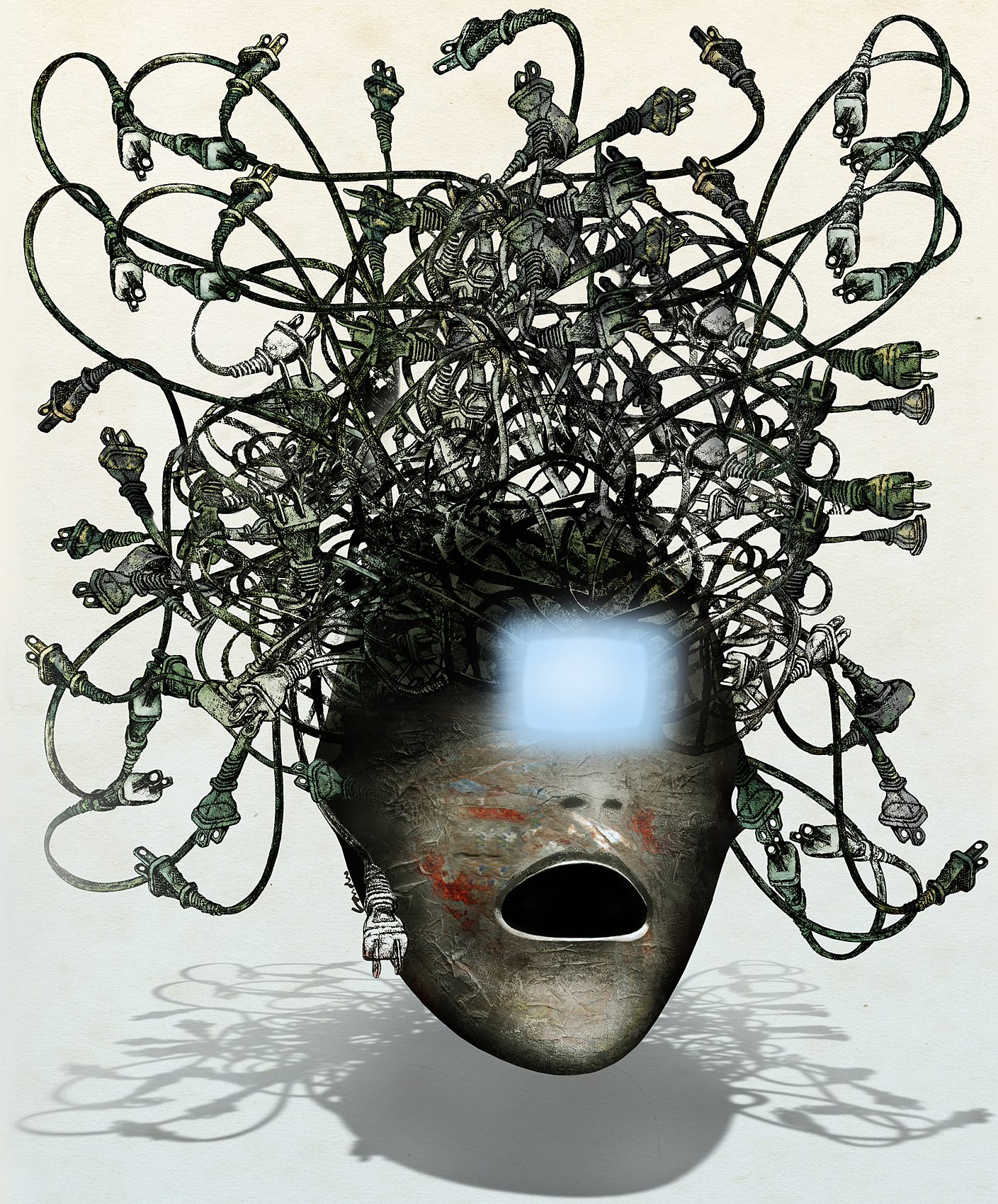
The tale of TV’s Power
Myths often thrive in inverse proportion to their accuracy”, declares architect Douglas Davis in his article: “Zapping the Myth of TV’s Power”, published on May 20, 1988 on the Op-Ed page. He referred to one of the most popular clichés of our time: that television has changed the rules of politics, giving priority to style and minimizing contents.
As proof and amongst others, he mentioned the failure of Senator Al Gore Jr. in the primary elections in Illinois and New York, who in spite having spent large sums of money in 30-seconds spots, whilst other politicians such as Jesse Jackson, vice president Bush and Michael Dukakis, obtained excellent results in spite of having almost ignored television.
Who is harmed by privileging style? Valuable information is concealed from citizens, but seldom will any evidence make the myth decline. Should this be the case regarding politics, public preference for the well documented printed press would have made the myth of the omnipotent power of television collapse, which is sustained by the sin of pride of both politicians and the television media (who are the only beneficiaries).
Although the audience will very soon become a victim of its own passivity due to its passion for zapping vertigo.
This illustration was chosen amongst those published since the beginning of the Op-Ed page, to represent that page in the book “Newspaper Design for the Times”, by Louis Silverstein (Van Nostrand Reinhold, New York, 1990), Chief Designer of the newspaper. Years later, a variation of this illustration was published in the magazine “Ñ”, of the Clarín newspaper, with the title “Homo zapping”.

Rape as a weapon of war
When the word genocide is said, people relate it immediately to the six million victims of the Holocaust. It was only in 1992, during the conflict of the Yugoslav Republic, when the Security Council of the United Nations called the detention and massive, systematic and organized rape of women, particularly Muslims in Bosnia-Herzegovina, as a crime, a more aberrant genocide, that adds pain, mutilation, segregation and shame to extermination. It is related to the systematic rape of girls and women in captivity to dilute the purity of their blood, or their genital’s mutilation, so that they no longer give birth.
The denunciation, published in the International Herald Tribune, was written by David Scheffer, ex-ambassador of the United States on Special Mission for War Crimes (1997-2001), he is a professor of law and Director of the International Centre of Human Rights from Northwestern University’s Law School.
These types of procedures have been put into practice in the Balkans, in Sierra Leone, Liberia, Uganda, Eastern Congo and Guatemala during the government of General Ríos Montt, to destroy and or cause serious lesions against ixile maya women, in Rwanda, where it is estimated that between 100.000 and 250.000 women were raped during the genocide that lasted for three months, in 1994, and in Darfur.
The Court’s District Attorney, Luis Moreno-Ocampo, presented charges for the war crimes and crimes against mankind, against Omar Hassan al-Bashir, because his agents and forces took approximately 2,5 million Sudanese women by force, including a large number of fur, masalit and zaghawa to detention camps, where the rapes and other forms of violence took place, against thousands of girls and women. The order of arrest against Bashir, sent out on March 4, 2009, concluded that there wasn’t sufficient evidence to process him for genocide. If two and a half million victims seem to be insufficient to blame a murderer beyond any reasonable doubt, this make us doubt about the reasonability of the fifteen members of the Security Council of the United Nations.

Disproportionate ambitions
The conflict which set off in the present Bosnia and Herzegovina on April 6th, 1992, known as Bosnia War, was caused by an intricate combination of political and religious factors which followed the fall of communism in the former Yugoslavia in 1991, and was part of the international affairs since the NATO intervention. The war finally ended with the Dayton Treaties in Paris on December 14th, 1995.
When the article “What will satisfy Serbia’s nationalists?” was published in the Op-Ed Page of The New York Times on December 4th, 1994, its author, Stanley Hoffman, president of the Center for European Studies of Harvard, made an analogy between the way in which the international community had dealt with this topic and what the League of Nations had done during the Italian invasion of Ethiopia in 1935 and 1936, and the Angle-French treatment of the Czechoslovakian crisis from 1938.
When Italy invaded Ethiopia, the League of Nations imposed mild economic fines on them, limited to certain products, whereas the British and French were negotiating giving two thirds of the territory to Mussolini. The British opinion broke that agreement, and Mussolini continued up to conquer all Ethiopia. The mistake of the international community was to chase two incompatible politics —shared safety versus aggression—, and a commitment negotiated between the parts, treating them as morally equivalent, which kept the meetings more at a symbolic level rather than a real one, and the aggression prevailed. The same situation had been seen during the mediation of the United Nations when leaving the Bosnians to the Serbians.
The author concluded by warning that if we continued to give in to the Serbian pressure this could extend violence to Kosovo, Macedonia or Albania. And even worse, there was fear that this could turn into an international crisis in the Balkans, causing a confrontation between Russia and the North Atlantic Treaty Organization (NATO), increasing the tension between Western Europe and the U.S.A.
After many attempts to conciliation, NATO decided to participate actively in the conflict. Their F-16 airplanes knocked down four Serbian aircrafts in central Bosnia which had violated the prohibition flight zone from the UN. This hastened the agreement between the parts, signed in Washington and Vienna, known as the Washington Treaty.
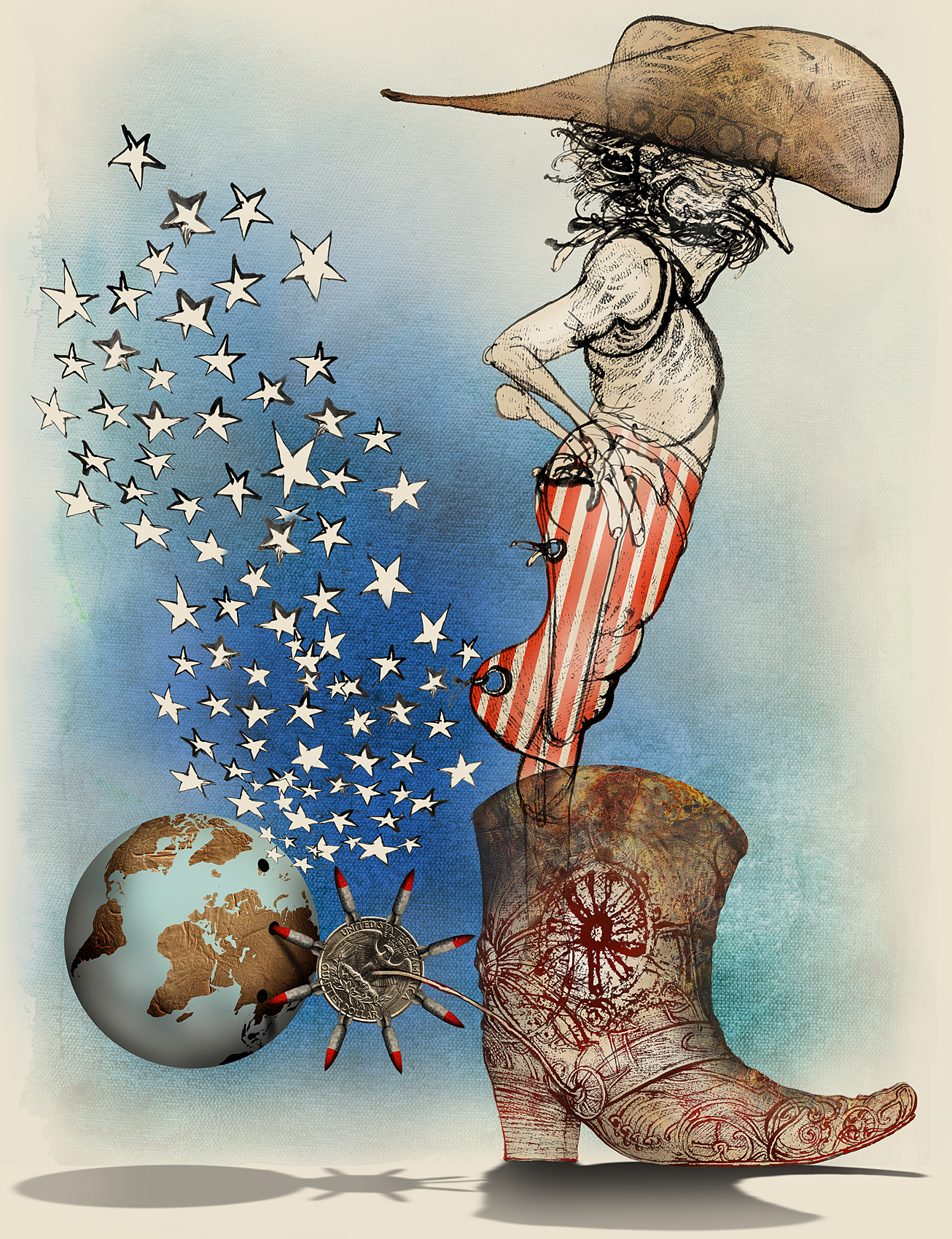
Children of Caligula
When "doing anything" to achieve goals is permitted, everything can happen. Tzvetan Todorov
In early March 2012, the US Senate asked the chairman of the Joint Chiefs of Staff of the Armed Forces, General Martin E. Dempsey, if a military intervention in Syria was foreseen despite being involved in other war scenarios and considering the specific Syrian context. The general’s response included this categorical phrase of only four words: "We can do anything", (The International Herald Tribune, March 12, 2012).
Generalized and used in other areas, this phrase could become the symbol of one of the essential dimensions of our culture.
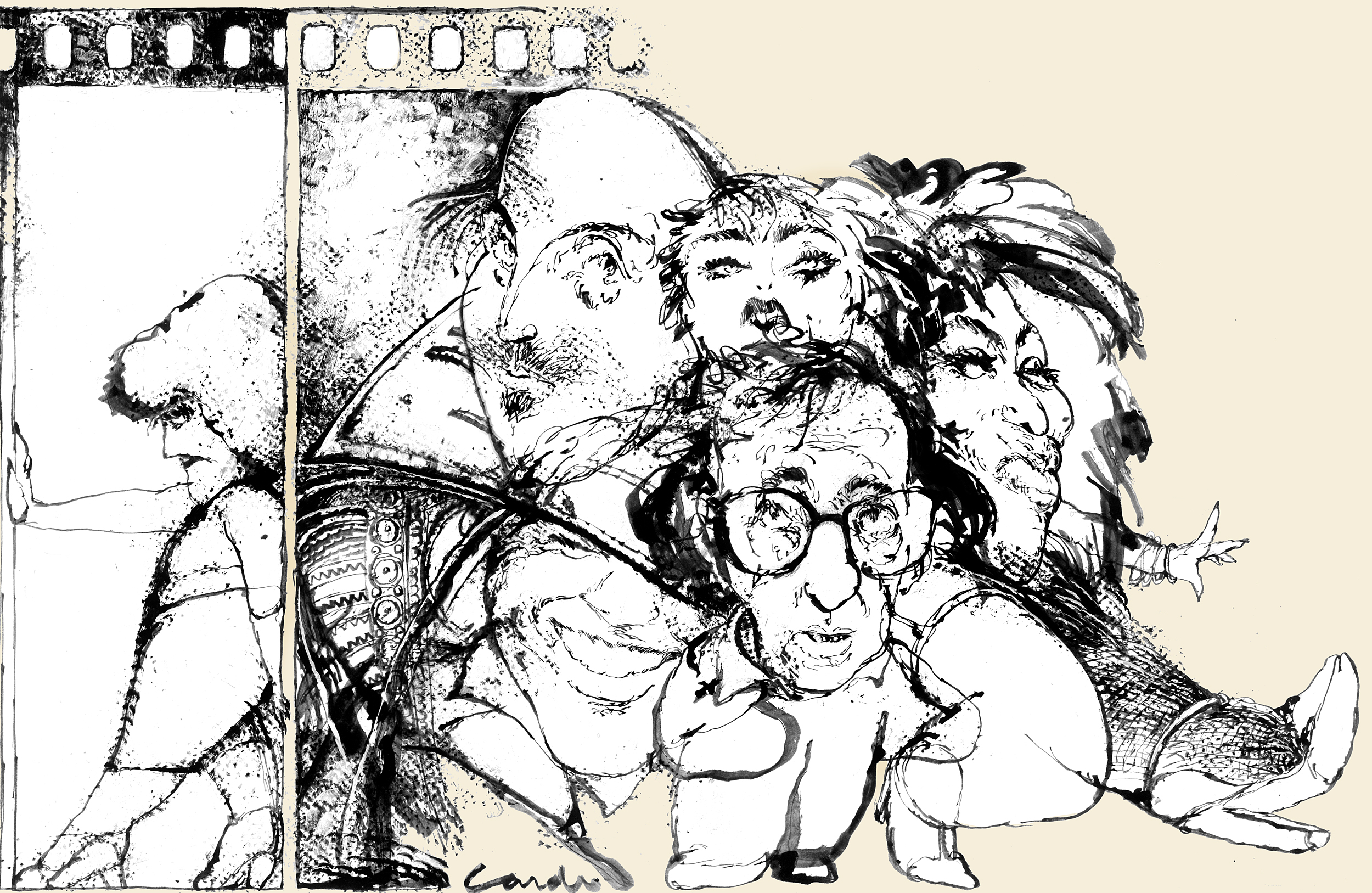
Living from film to film
Shakespeare was almost right”, said Leslie T. Sharpe, who lives on Barrow Street, in Greenwich Village, and author of the article “Call it cinema village”, published on March 26, 1988: “The whole world is a stage”.
Especially in Greenwich Village, a place frozen in time, with human scale buildings, where Hollywood’s illusion has usurped the reality of the inhabitants, who flee down the street from machine-gun fire, are involved in SWAT operations, are displaced from the side walk to allow for the filming of a scene, or can see Tina Turner dancing along a street, while singing “What’s love got to do with it”. This has gone so far, that the neighbors have coined a slogan: “Hollywood go home”.

Unfit to show
The text that originated this illustration denounced the fact that no black war veteran, no matter how heroic his behavior in combat had been, had ever been awarded a Congressional Medal of Honor.
It refers to the remarkable case of an Afro-American soldier in the Korean war who kept on shooting from the top of a hill, even after all the other members of his company had been killed. When he ran out of ammunition, he started to throw stones at the Korean soldiers climbing the slopes. The Koreans were so impressed that they stopped for a moment, before continuing their ascent. Once surrounded, he used his rifle as a bat and continued to defend himself slashing blows.
He was captured alive on express orders of the Korean command, because in that country there is an almost venerable respect for courage, and he was given special treatment. When the war was over, he was set free and never received any award from the military authorities of the U.S.
The editor received this drawing, and thought it perfect to illustrate the case of flagrant racism, but rejected its publication, on grounds that the New York Times could not portray a racist Army.
This drawing would never have reached the public had it not been published in the chapter “Unfit to print”, in the book “All the Art That’s Fit to Print (and some that wasn’t). Inside The New York Times Op-Ed Page”, edited by the Columbia University Press New York, written by Jerelle Kraus*, the Art Director who designed that page for a period of thirteen years, which has been a longer time that any art director that preceded or succeeded her.
*Extremely talented and with multiple awards, there is no doubt that Jerrelle Kraus’s design has remained as a mark of a perfect model for opinion pages of newspapers in the world.
NOTE: The title All the Art That’s Fit to Print refers to the New York Times’ motto placed under its logo: “All the News That’s Fit to Print”.
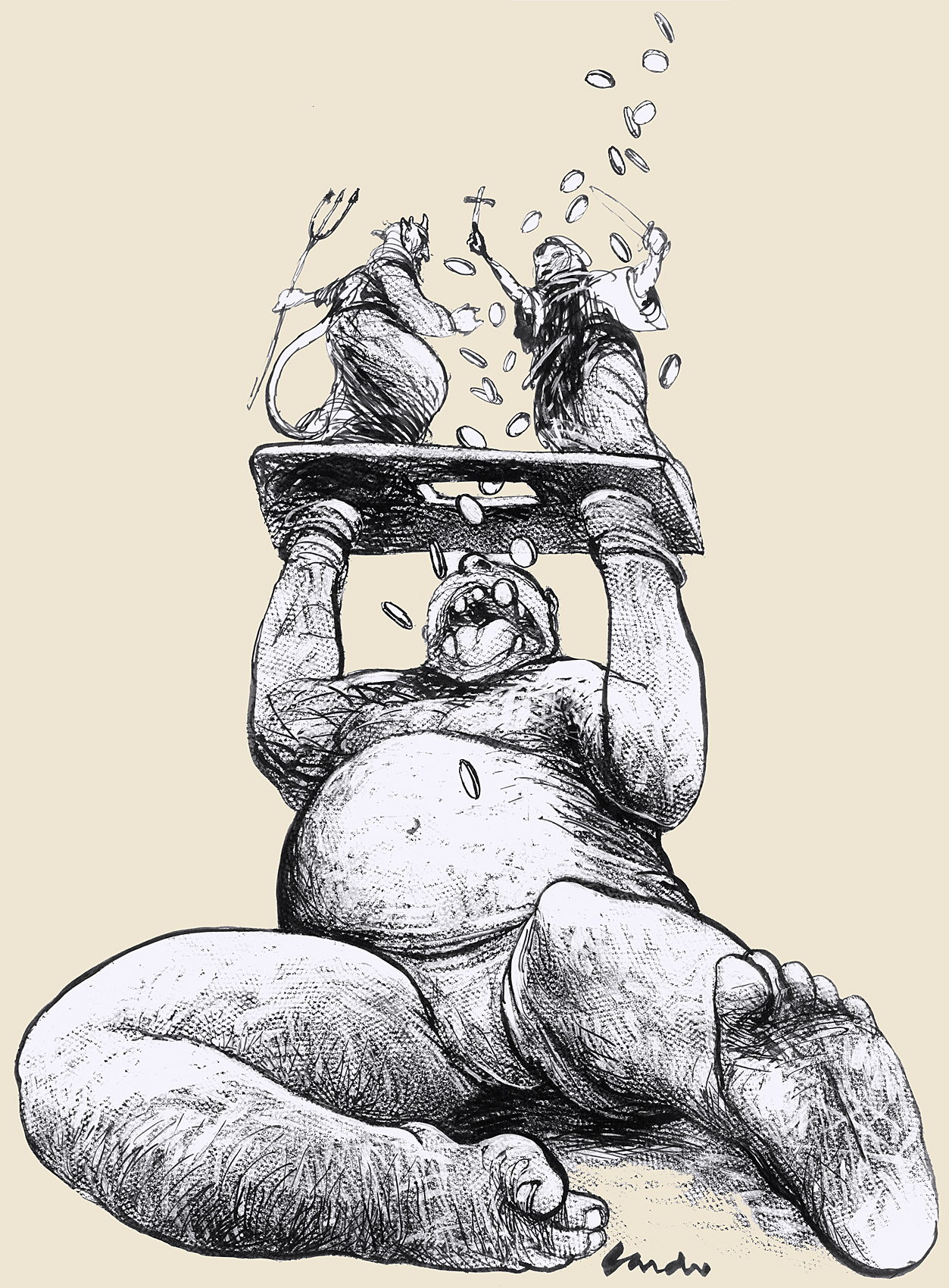
The rented peace
During the traditional Irish Republican Army (IRA) four-day cease fire for the 1993 Christmas celebrations, the population was optimistic about a positive response from the insurgents to the British Government’s peace proposal, but a few minutes after the truce had ended, with the explosion of a bomb in a police precinct 60 miles west of Belfast, all hopes for its continuity had vanished.
During seven years Scott Anderson, author of the article “The price of peace in Ulster”, published on January 18, 1994, travelled regularly to Northern Ireland to meet with the “strong men” of the IRA, as well as their rivals the Ulster Defense Association, and having gained their trust, both sides revealed an overview of Belfast’s underworld.
Therefore he was able to verify that both armed rebellions were financed by loathsome means such as offering paid protection and other extortive schemes, including those applied to drug dealers who made their own people undergo degrading hardships just as much or more than the British. Typical mafia activities disguised as patriotism.
At that time, Internet had not been developed as much as it has nowadays, with a flow of information that makes this article appear rather candid. Today, any somewhat well informed citizen knows that an enormous network of intrigues and corruption involve politicians, royal families, the global aristocratic élite, armed militias, intelligence agencies and dealers, all loyal to a purpose: the enormous volume of black money.
John Gotti, when taken to court was very clear. He was asked whether he was involved in drug traffic and he replied: “No, we cannot compete with the Government.”
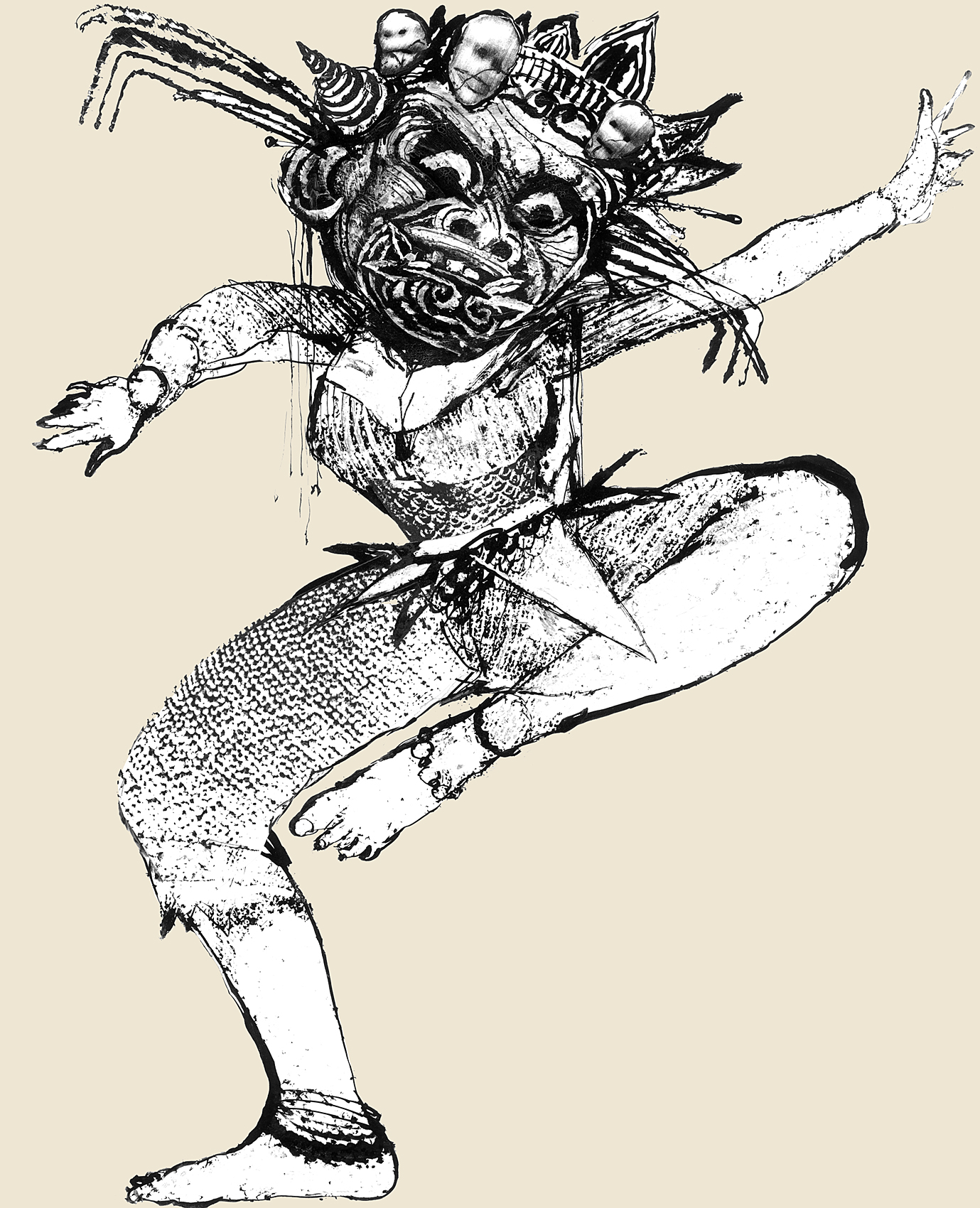
Denigrating Dwarfs
Monkeys as pets have been the favorite of rulers such as Catherine di Medici, and, more recently, of the wife of Mao Tse Tung (Mao Zedong), to quote just a couple. In a way, they are like zombies that delight their masters.
The arrest of Mao’s wife, a month after the leader’s death, by Deng Xiaoping’s lieutenants, the absurd so-called counter-revolutionary of the regime, caused the article published on June 6, 1991 in the New York Times. The slandering of the First Lady on being detained became another classic episode in the rewriting of history —with the same pen, this time in the Tiananmen Square— by the communists in attempts to legitimize an apparent order.
In a system where power and truth are manipulated by a dictator, where personal grudges and family feuds are widespread, every citizen and even history itself are turned into puppets.
Published in the New York Times Op-Ed page.
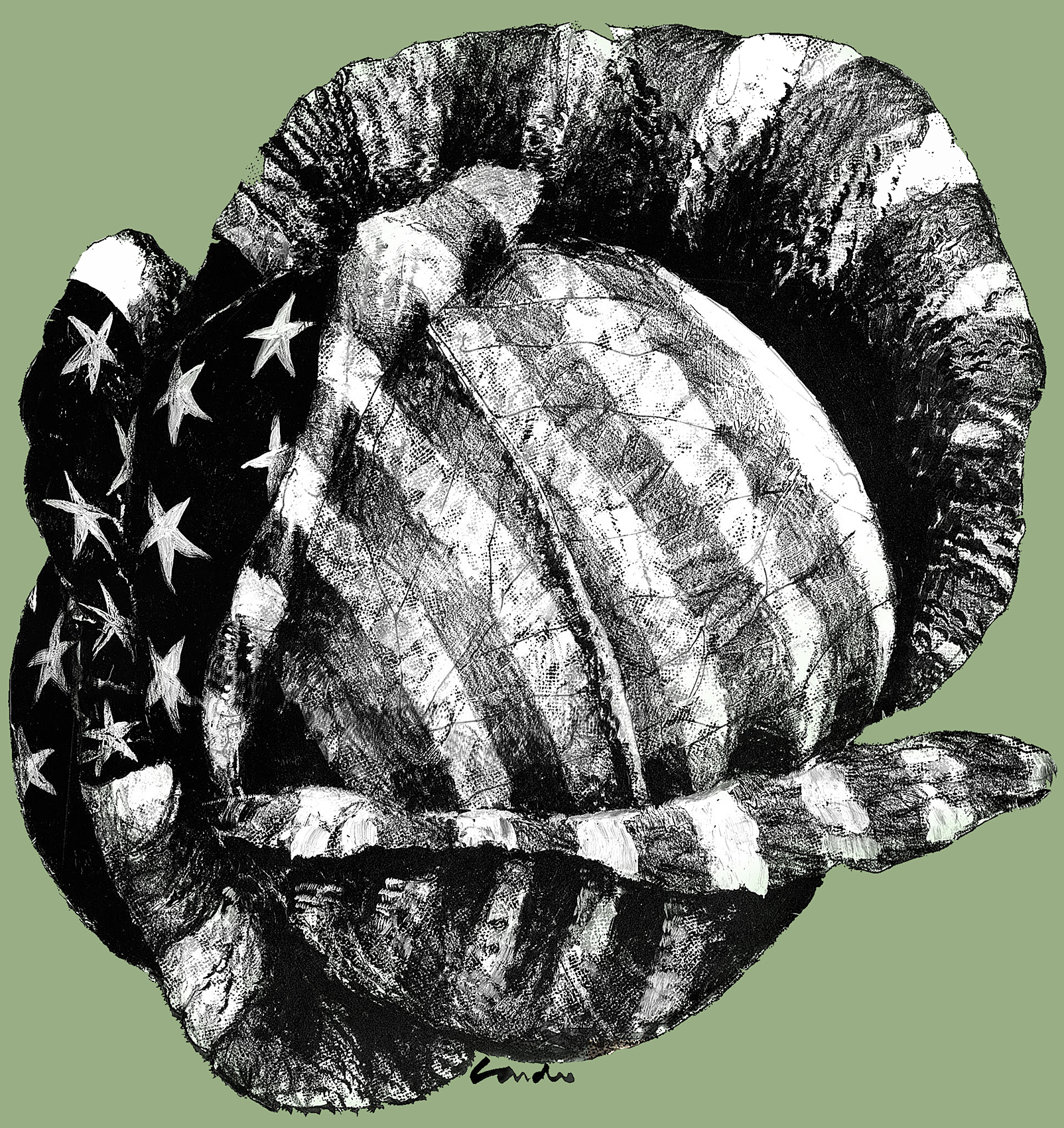
A very American salad
“These days, coleslaw is brought home more often than it is cooked there, in spite of containing everything that is necessary to practice the art of transforming food into delicious dishes, as all good
home-cooking should strive to be: homely, full of flavor, nutritious, economic and quick to prepare. It is easy to transport, to serve and to eat, and does not require too much storage space in the refrigerator”. In this passionate way Leslie Rand, the author of the article “Coleslaw: how you like it depends on where you live”, published in the Living Section of The New York Times, onWednesday, June 28, 1989, followed by a great number of recipes on how toprepare coleslaw.
In whichever form, there is no doubt that coleslaw seems to be an American delicacy just like Pop-corn.

Divine proportion
Our model of the world has evolved. It is no longer confined to man, but to our planet as a whole.

"You too, Brutus!"
The war on drug trafficking and money laundering has imposed extreme restrictions on international banking movements. As a result, many presidents and even members of the royal houses ended up imprisoned.

Famous newspapers that made history
In the midst of the disappearance of printed newspapers, and their replacement to a large extent by the sometimes alarming opinions expressed in social networks, it is fair to pay tribute to the contribution of those pioneers in the formation of the average citizen.

On national interest
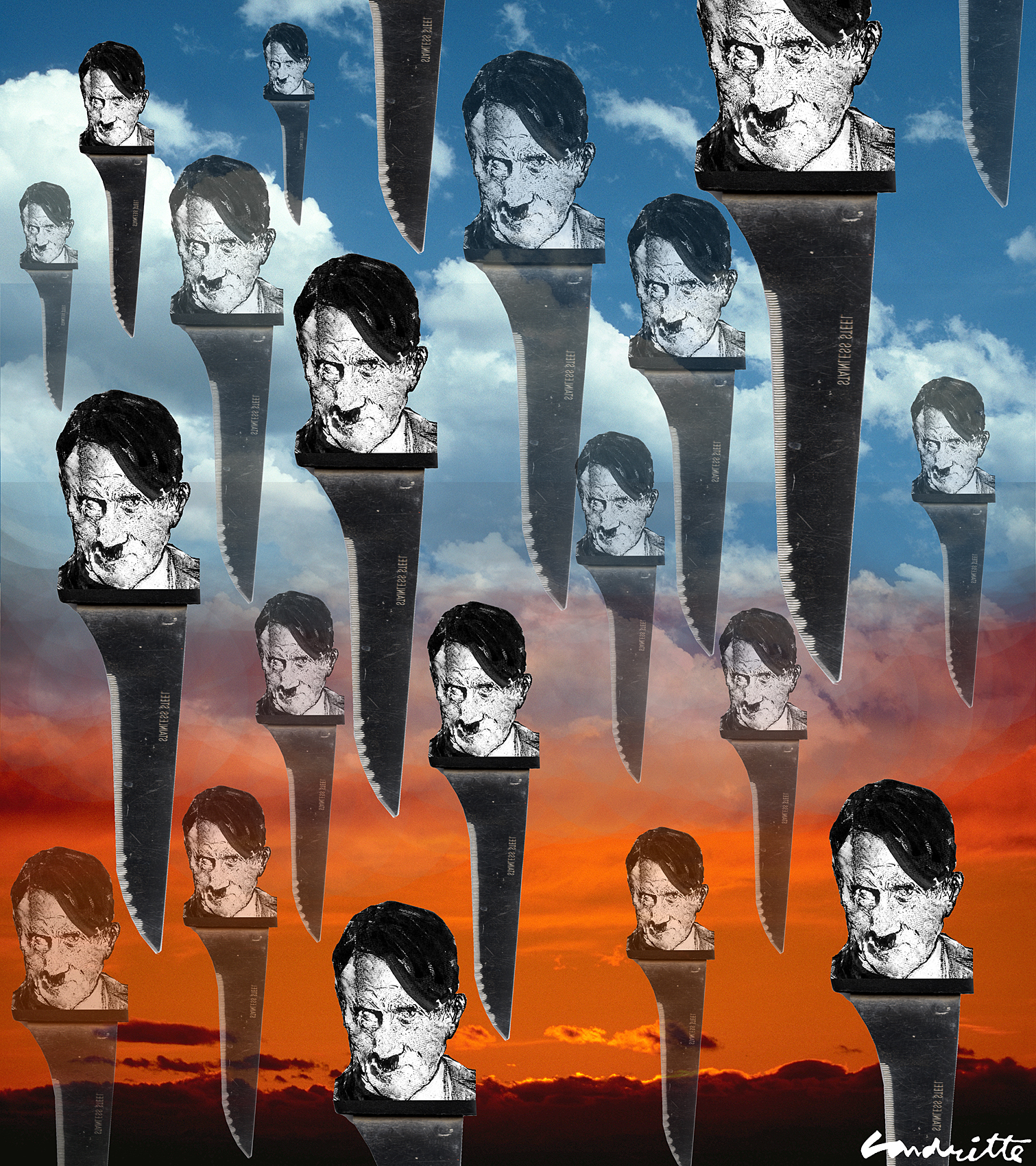
Acid political rain
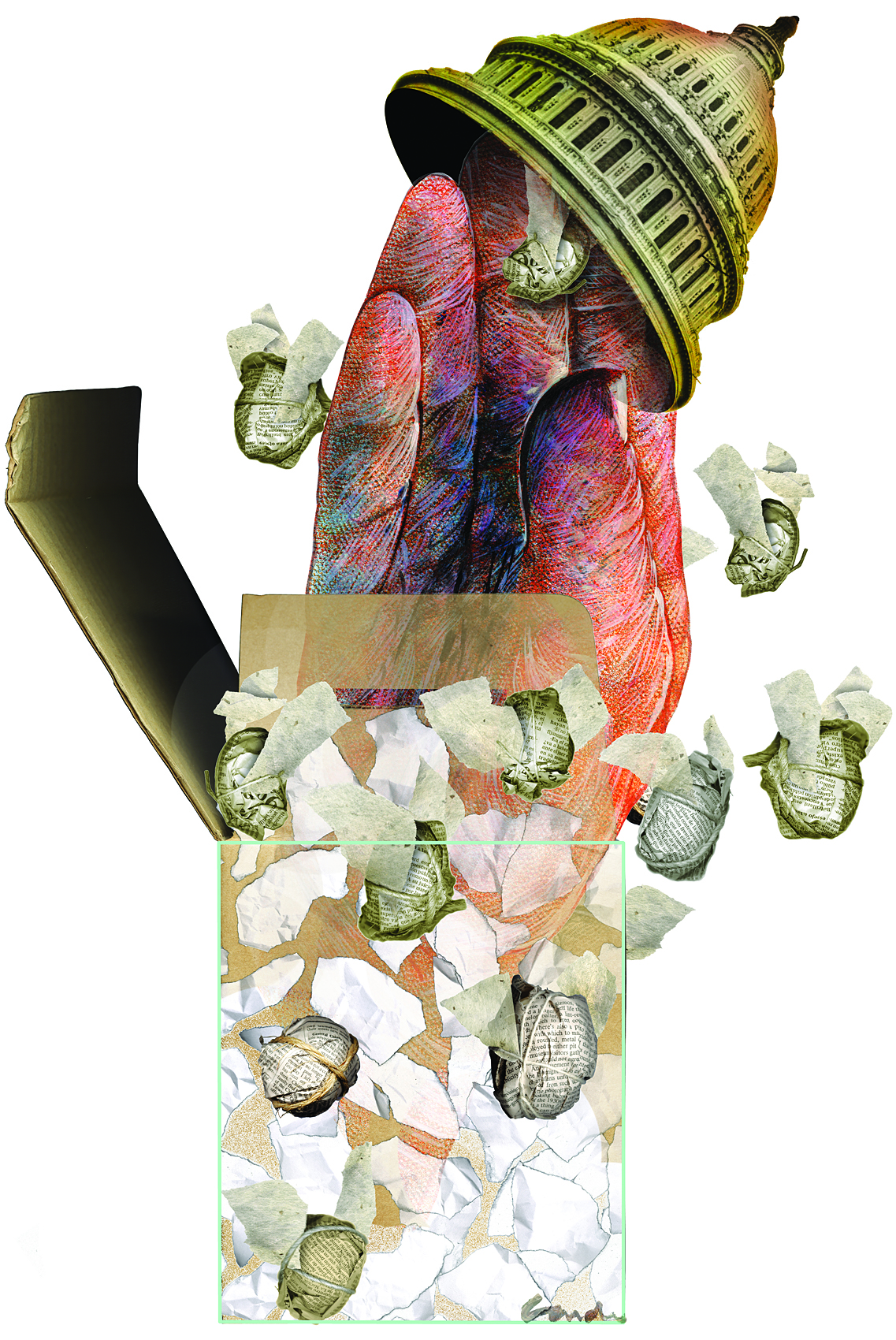
Referendum
Faced with the manifest incapacity, apathy, incompetence and fatuity of members of Congress to address such vital issues as the legalization of abortion and women’s reproductive health, citizens demand a popular vote, possibly one of the rights that survive in democracy.
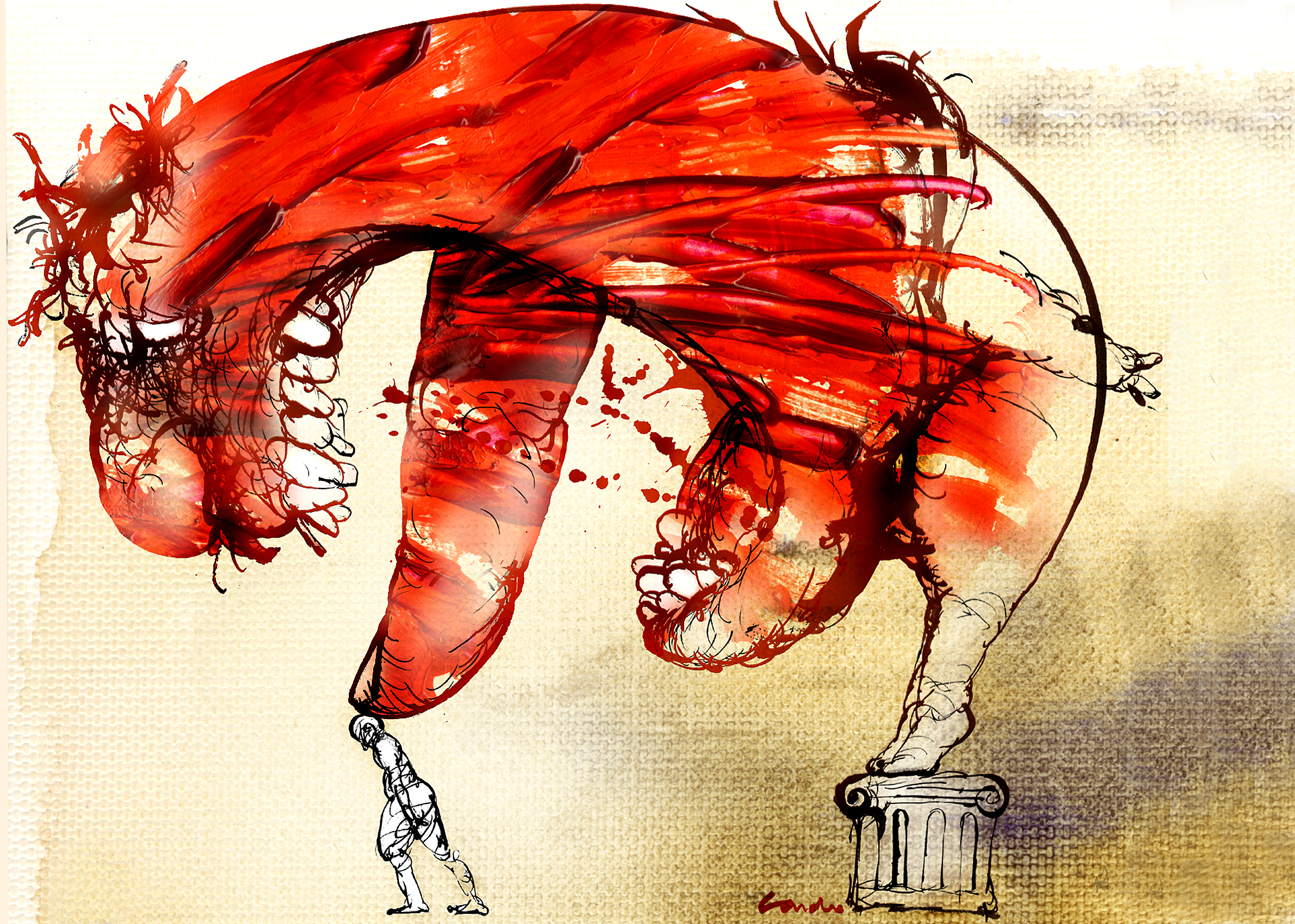
Authoritarianism
“They practice censorship, they enforce an hegemonic thinking and discharge all their force, intellectual and brutal, to demonize criticism. It is what they are experts, those authoritarians, in the annihilation of the questioner thinking and in the effacement of persons that dare to object to their ideas”, wrote Angela Pradelli
on May 7th 2007.
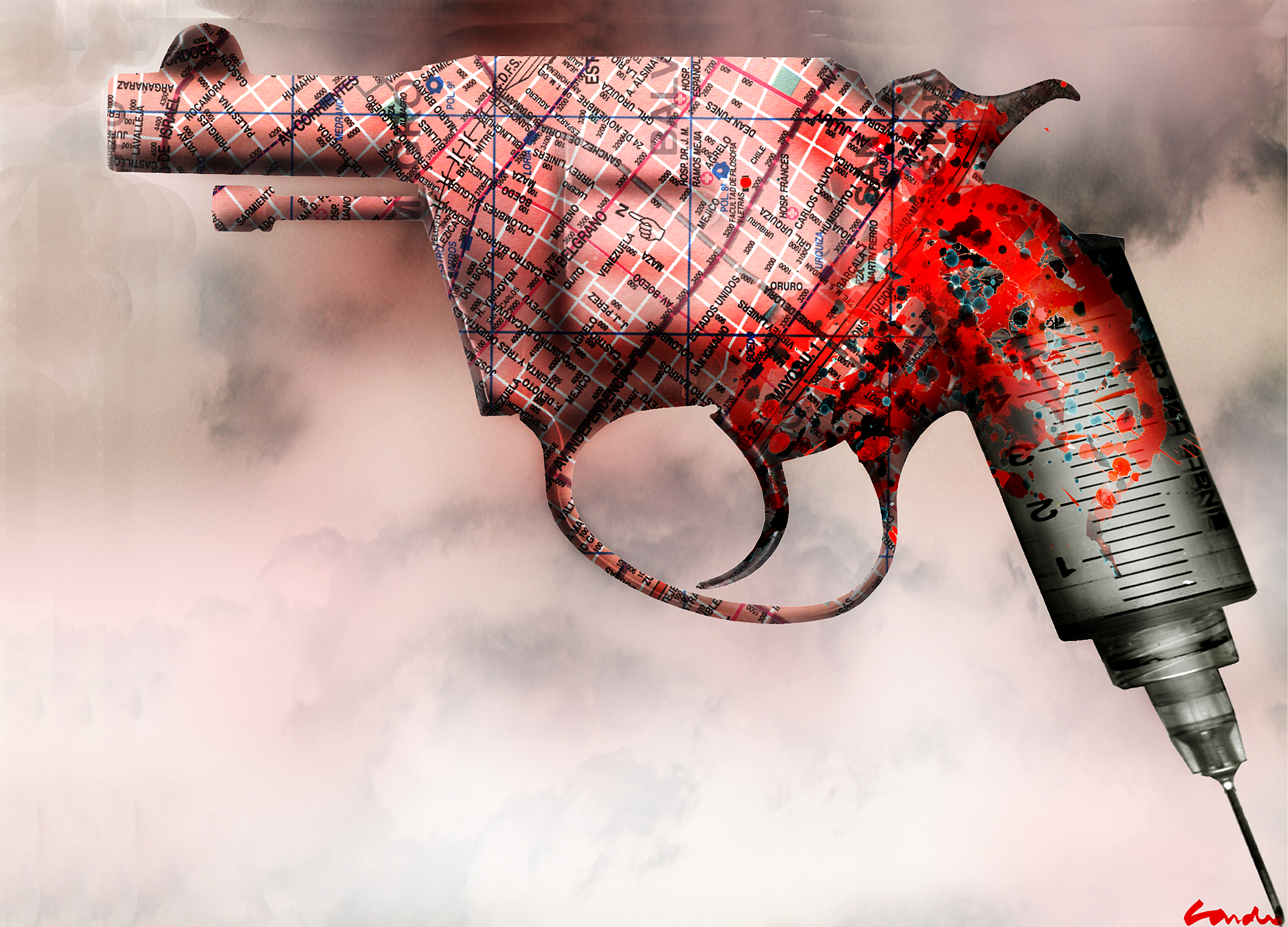
In the firing line
March 6th 2007.
The government’s inefficiency has exposed us to live amongst a war of drug dealers and vengeful hoodlums, cameras, barbed wire, dogs and armed guards. Even though we vote every four years, “the hour of the hood” can be similar or worse than “the hour of the sword”.
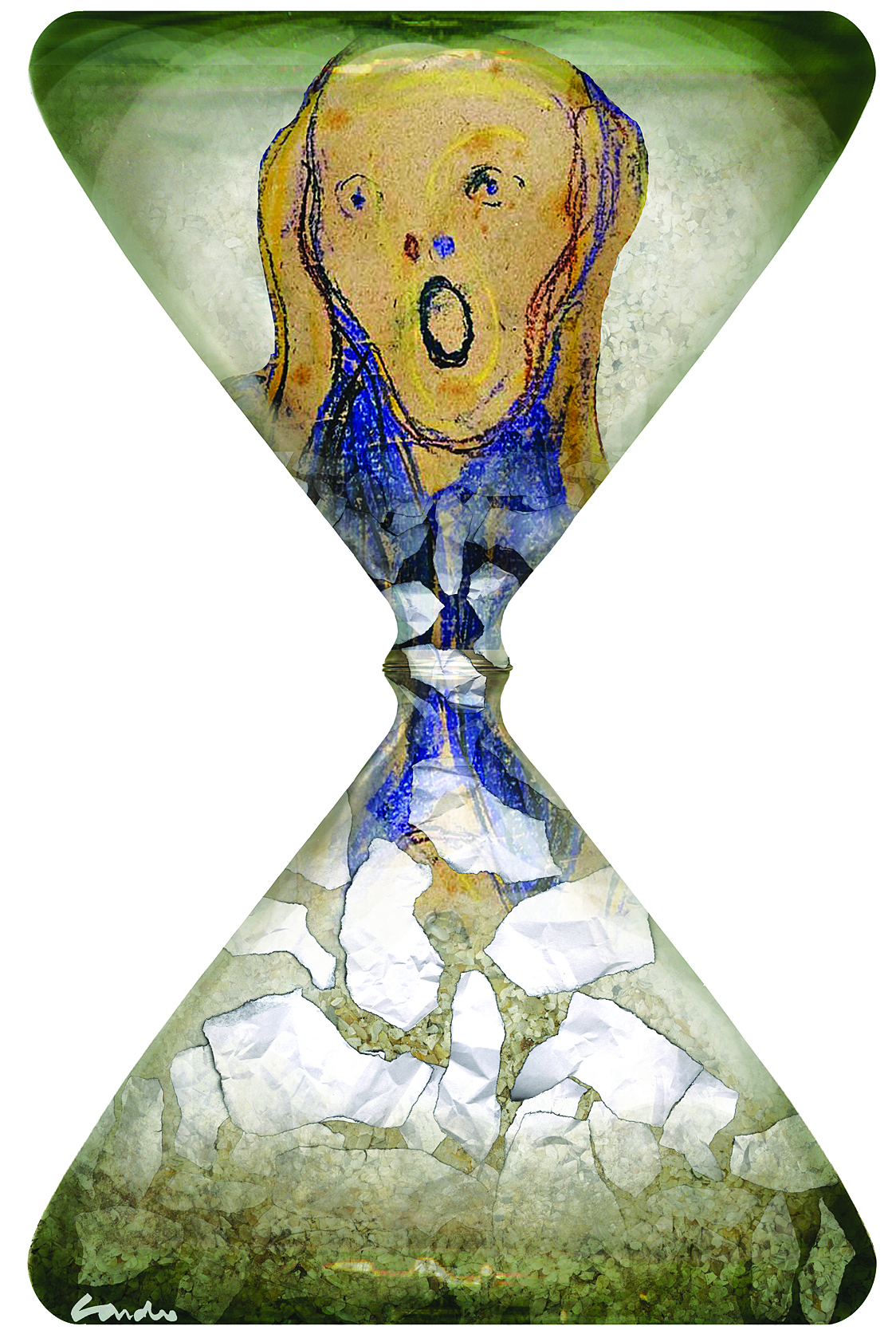
Scandals
A certain irreducible optimism led to think that scandals are moments of moral regeneration and reaffirmation of the established legal order with which the law punishes corruption. After countless examples around the world —among which are the cases of Silvio Berlusconi and Donald Trump— the evidence is clear and overwhelming: there are countless facts where citizens, due to skepticism about justice and politicians, make the scandals do not substantially affect the fate of criminals. Without the sustained attention of public opinion and the institutions of democracy, its consequences fade over time.












































































